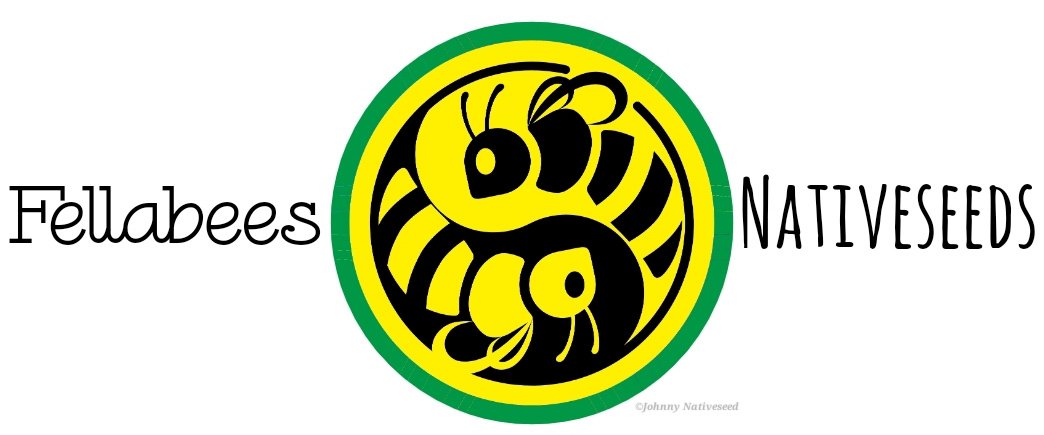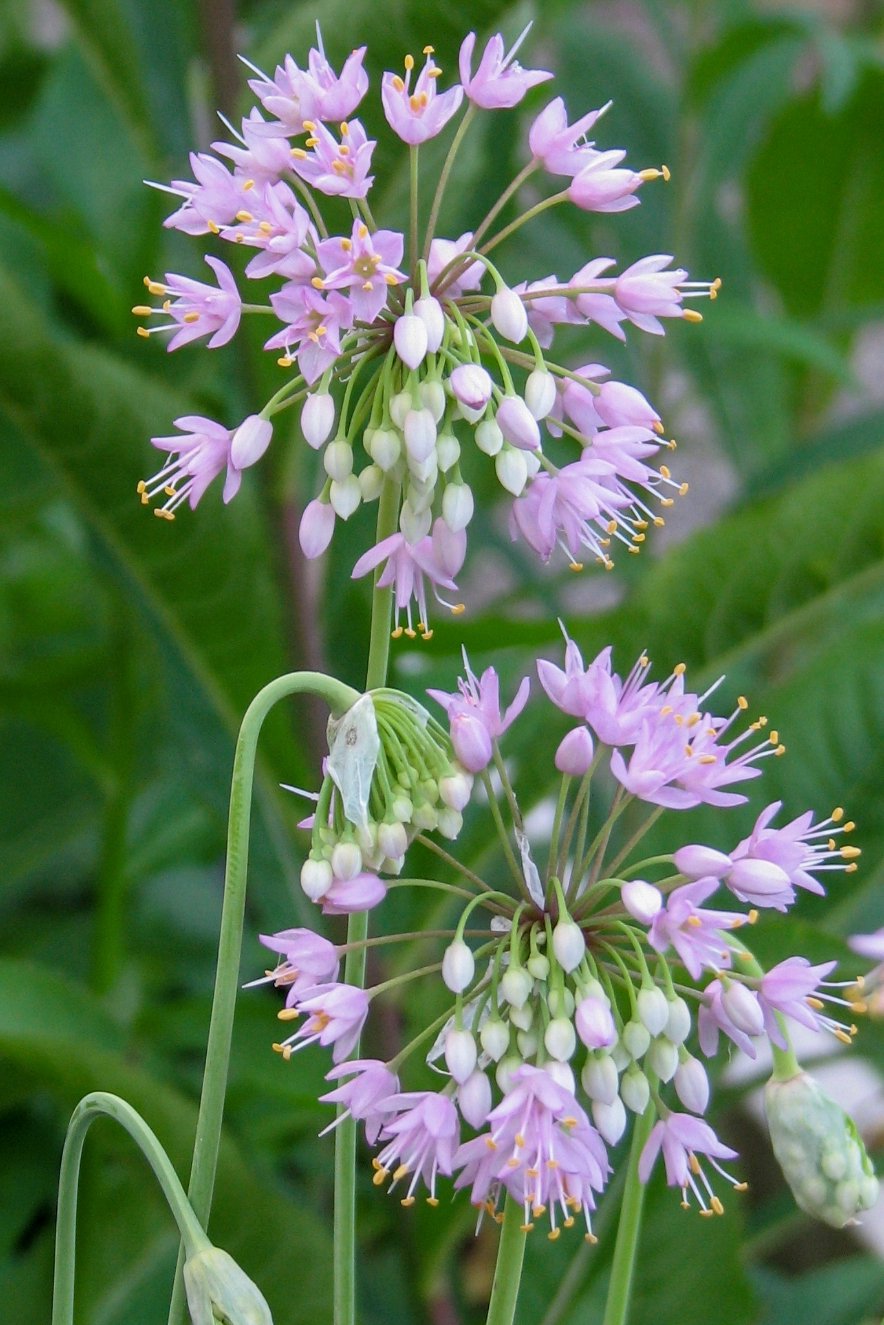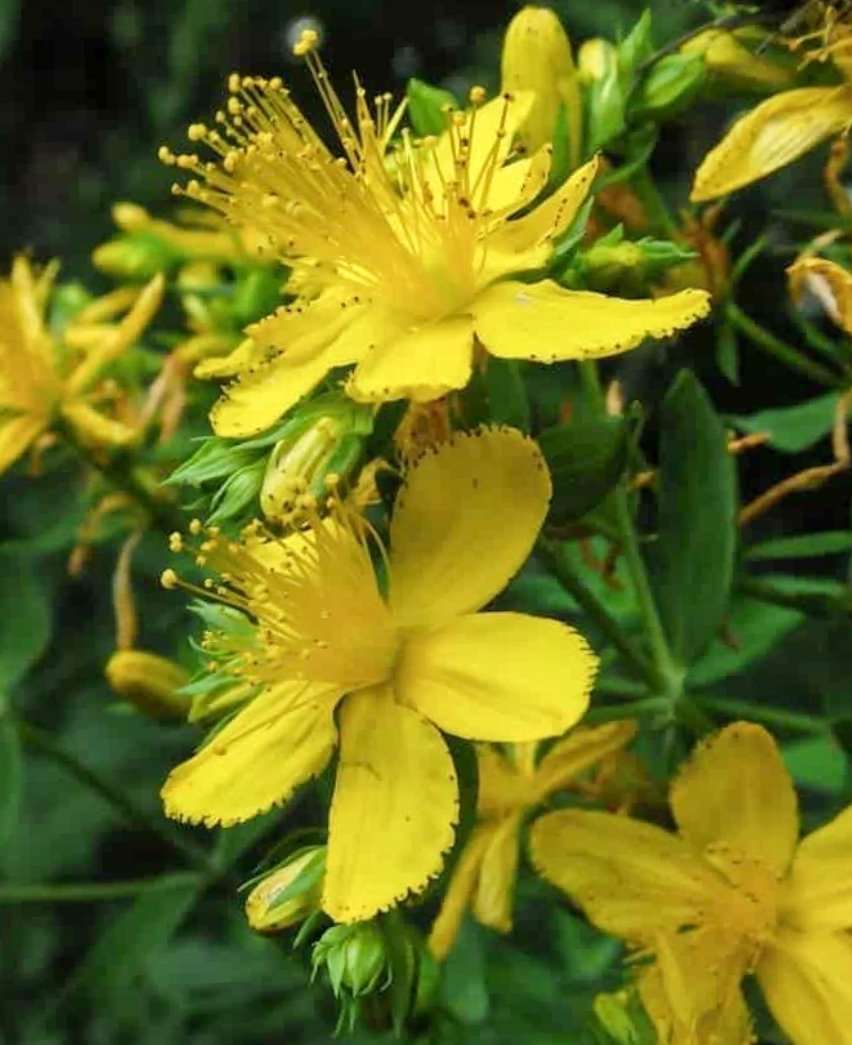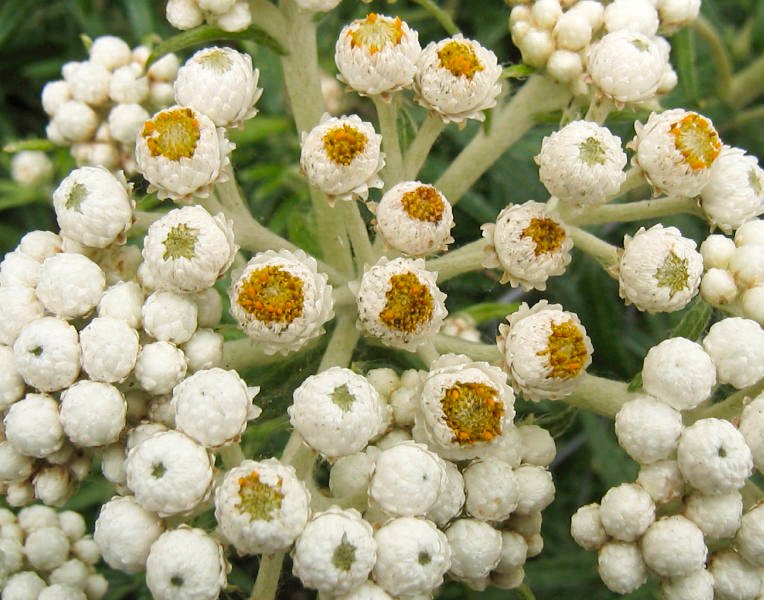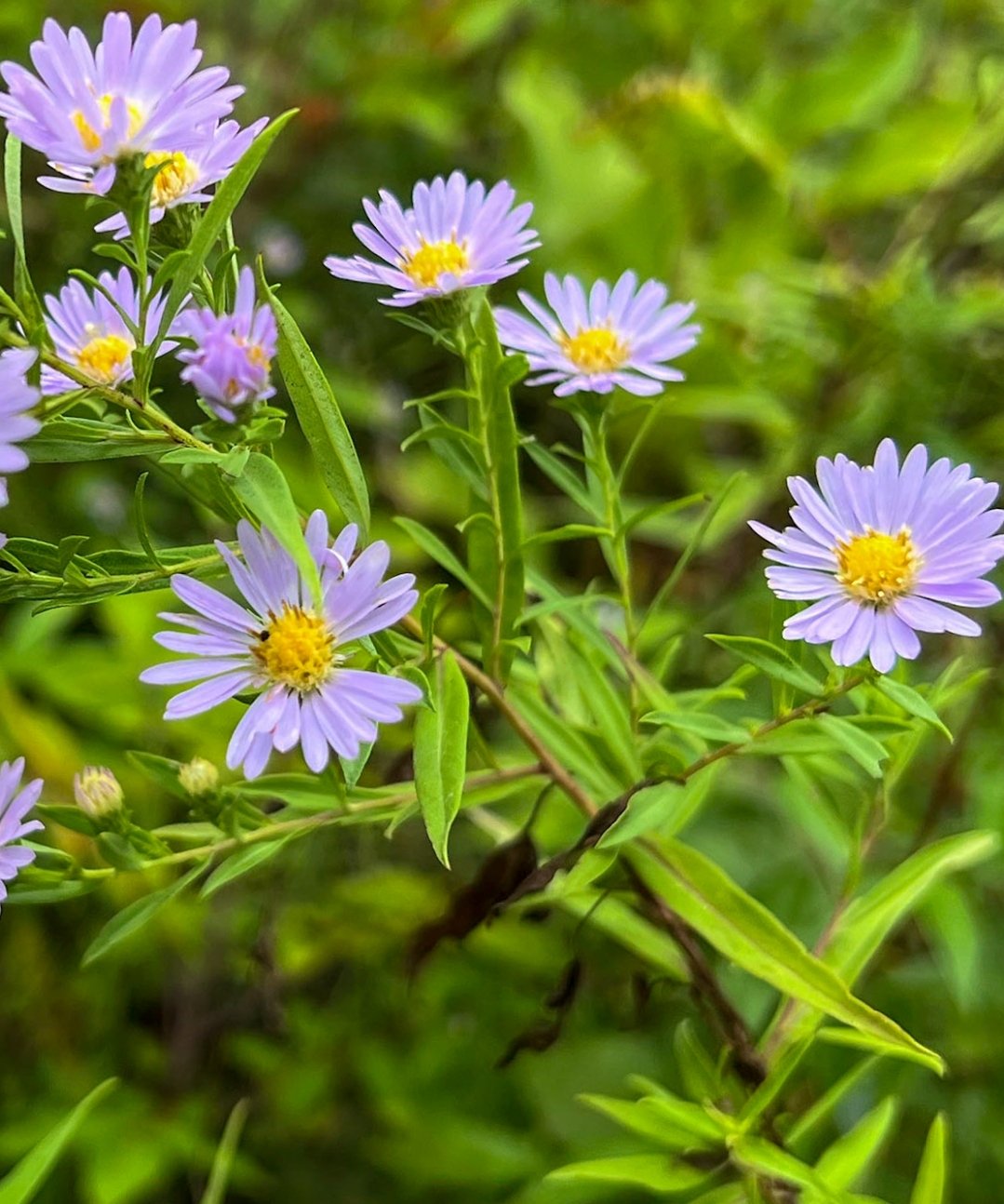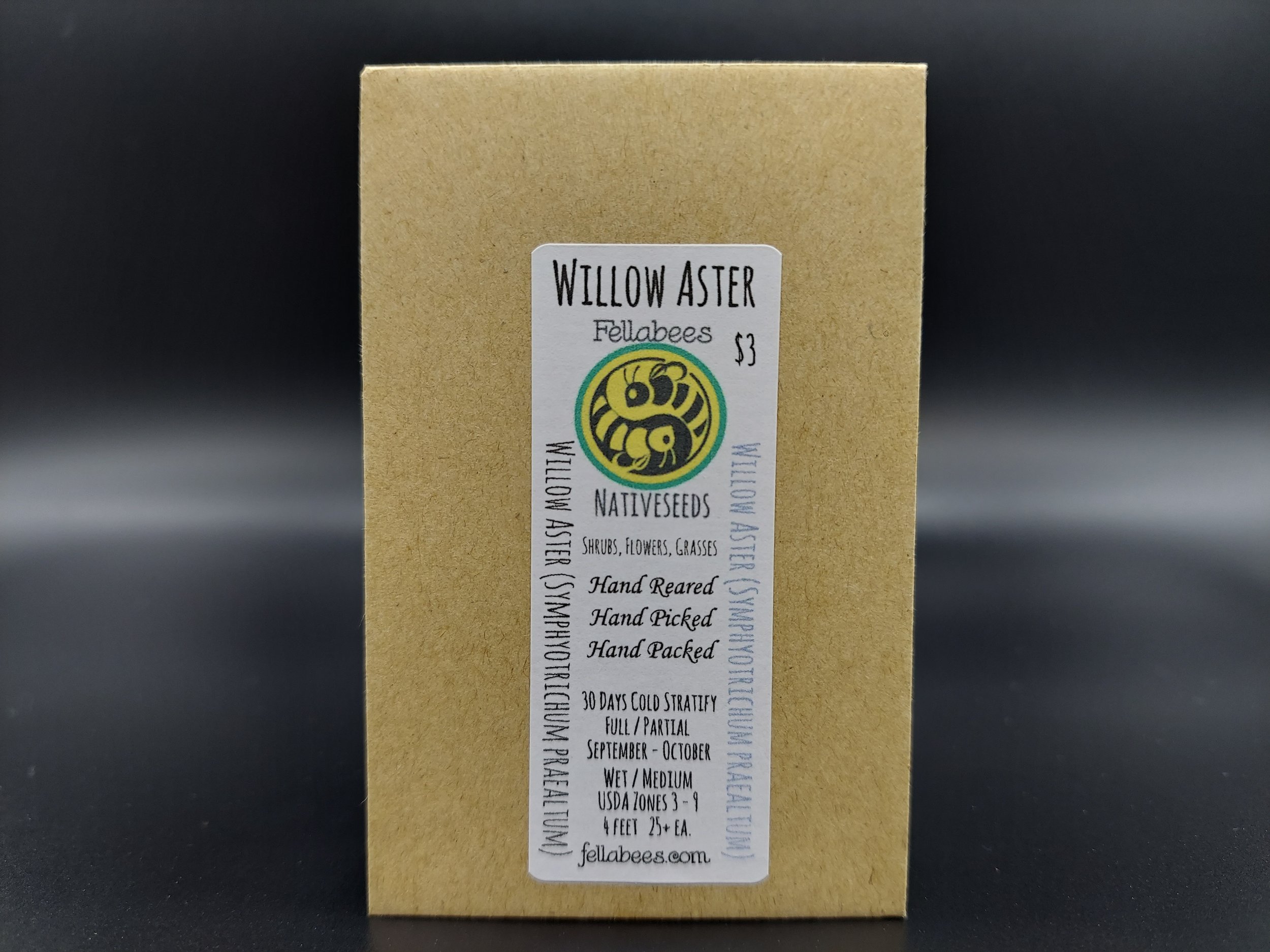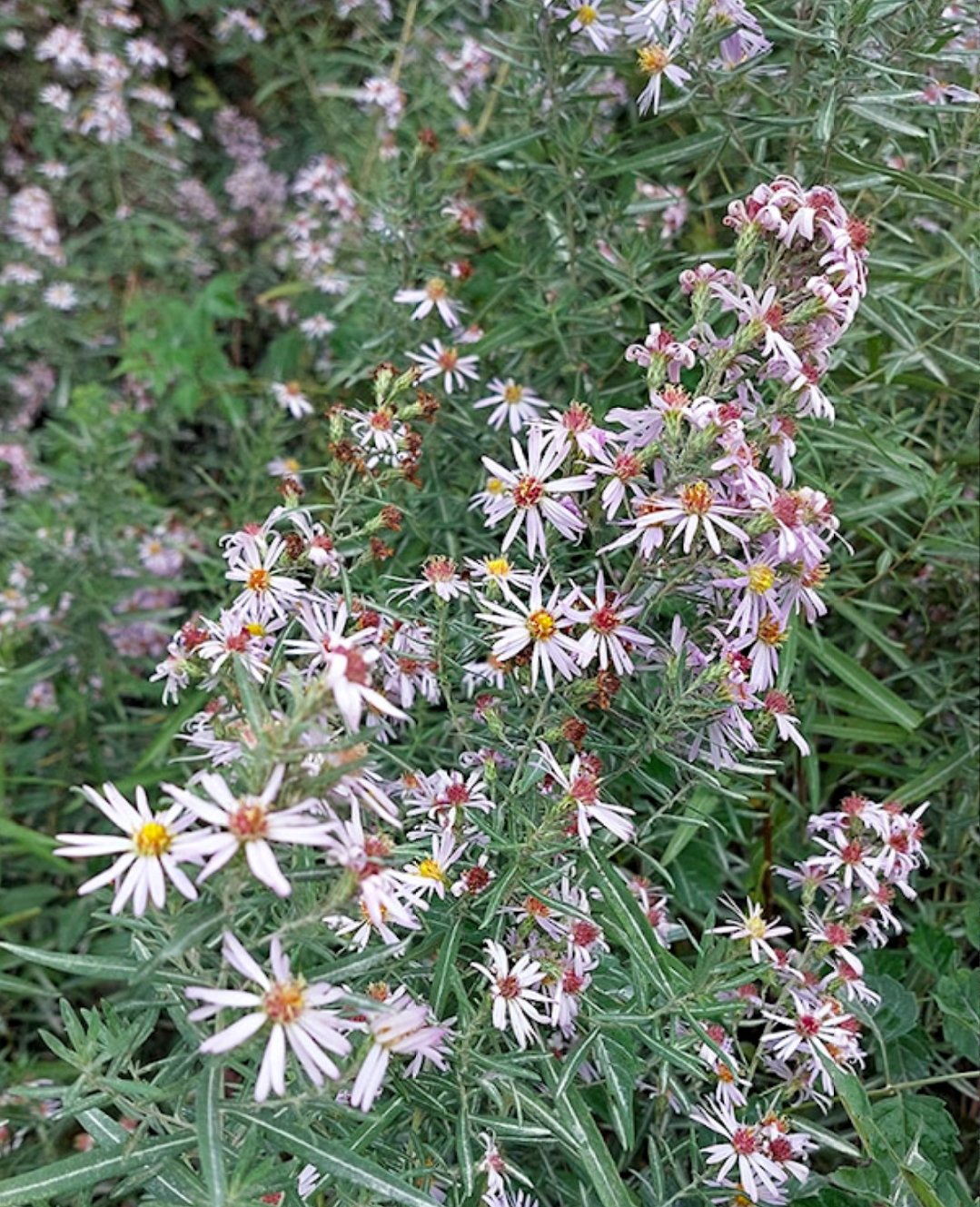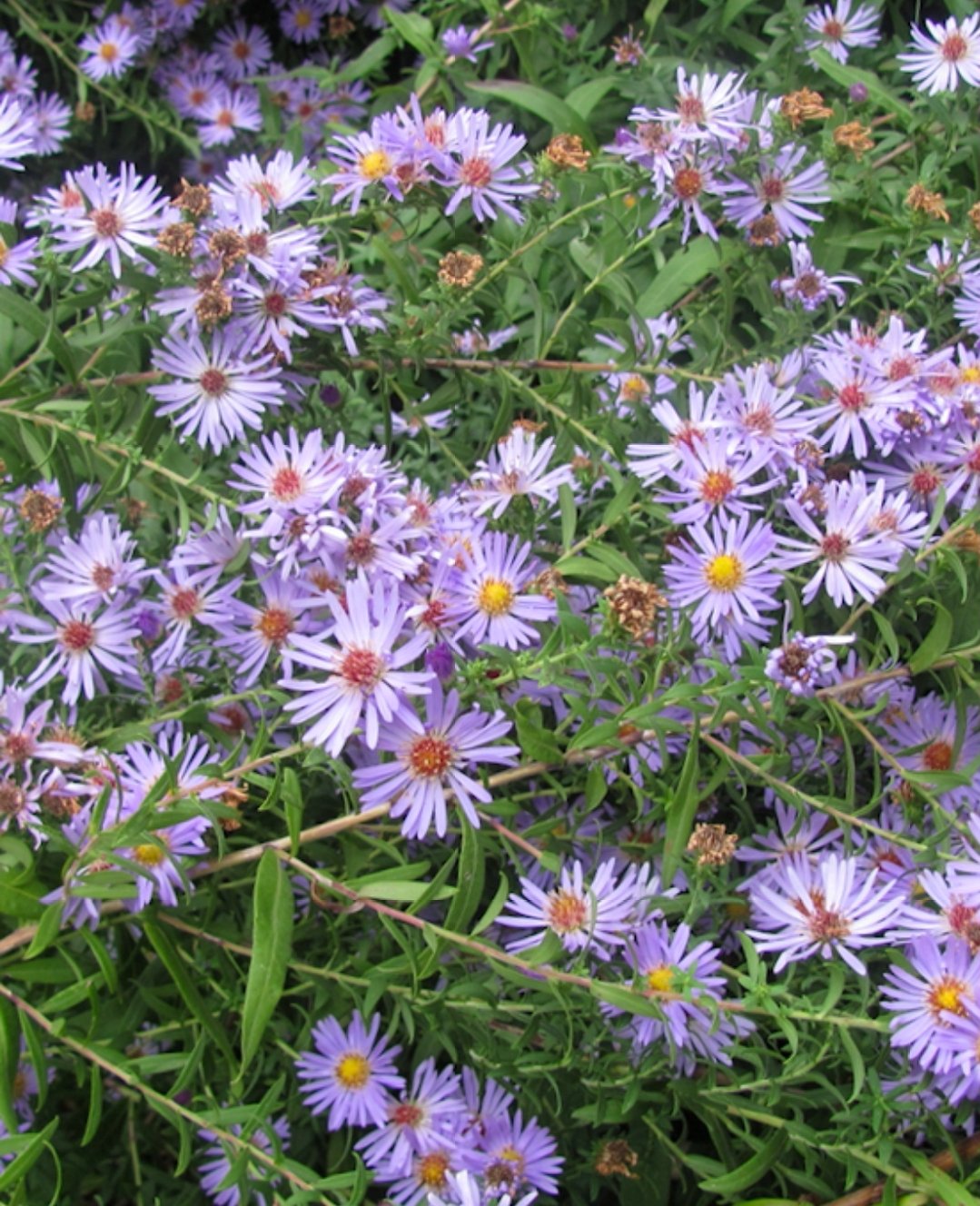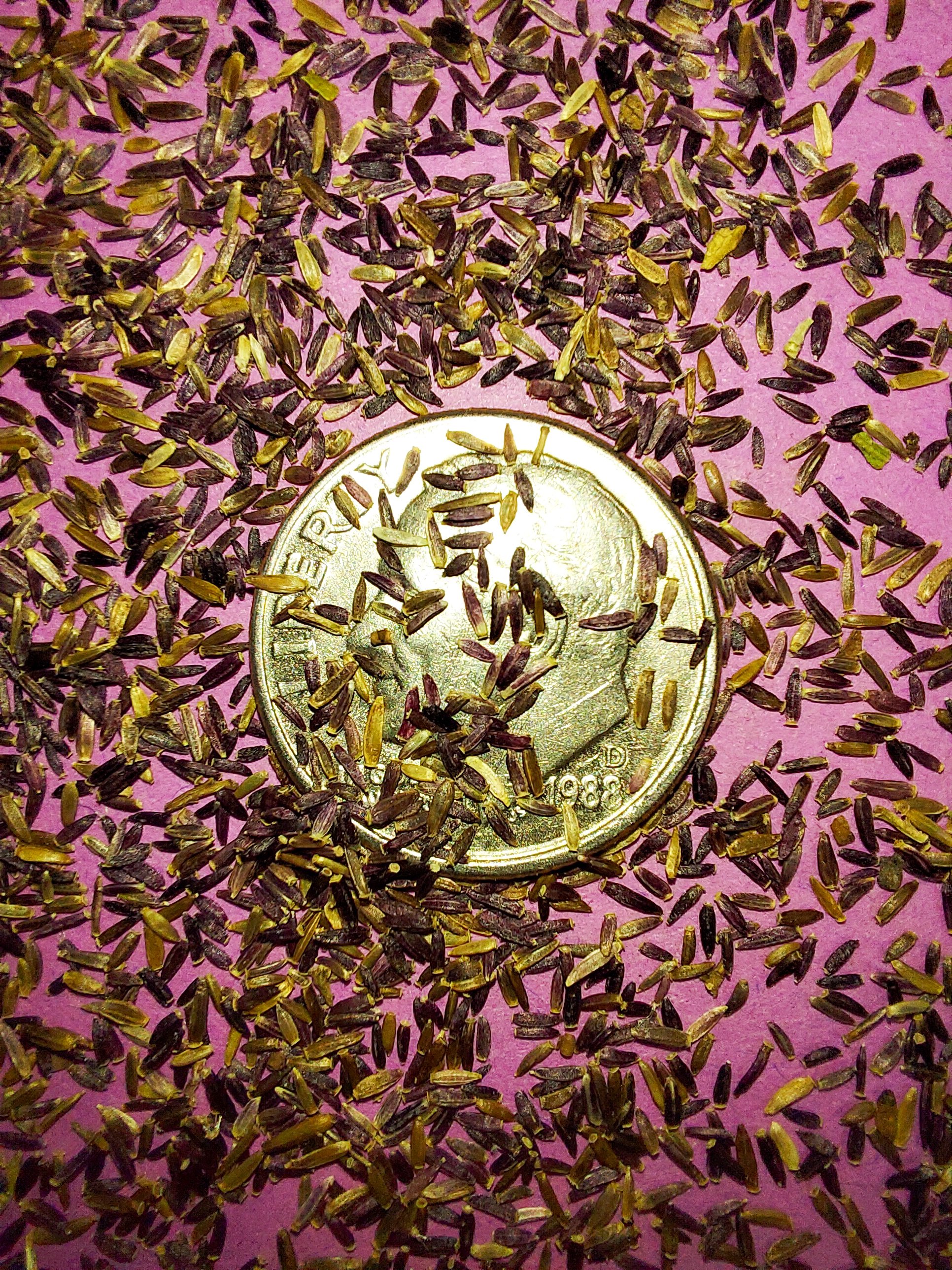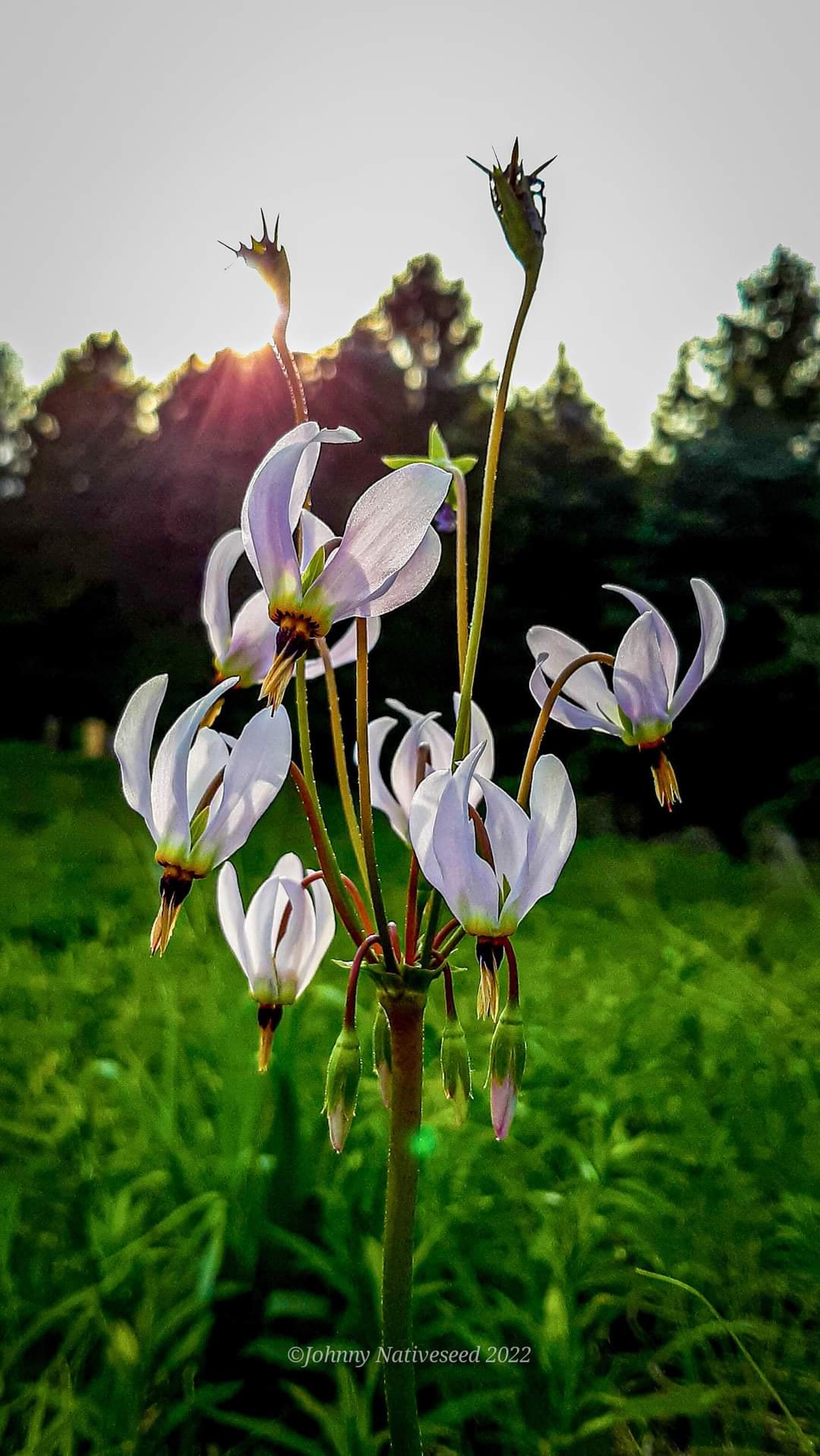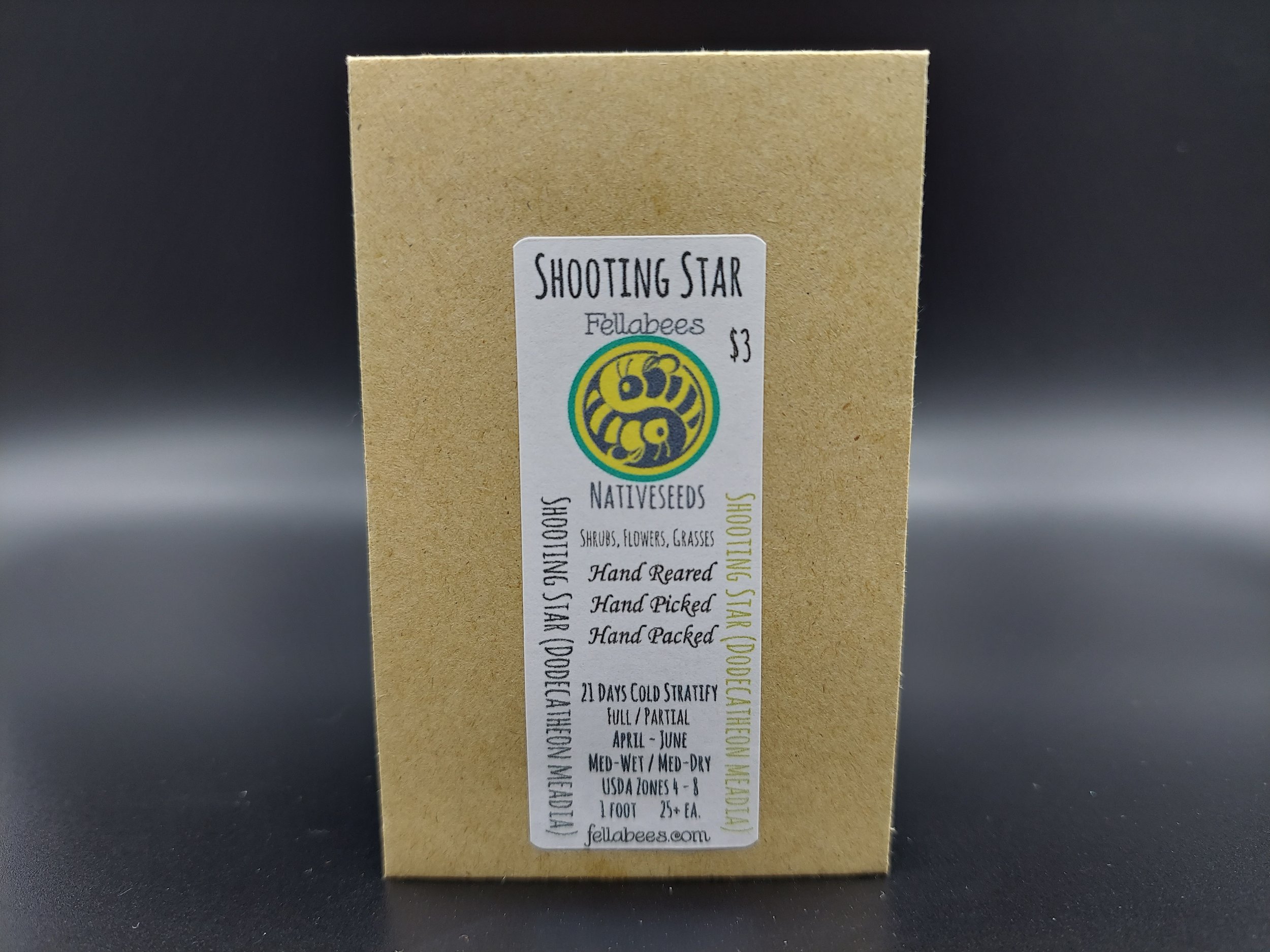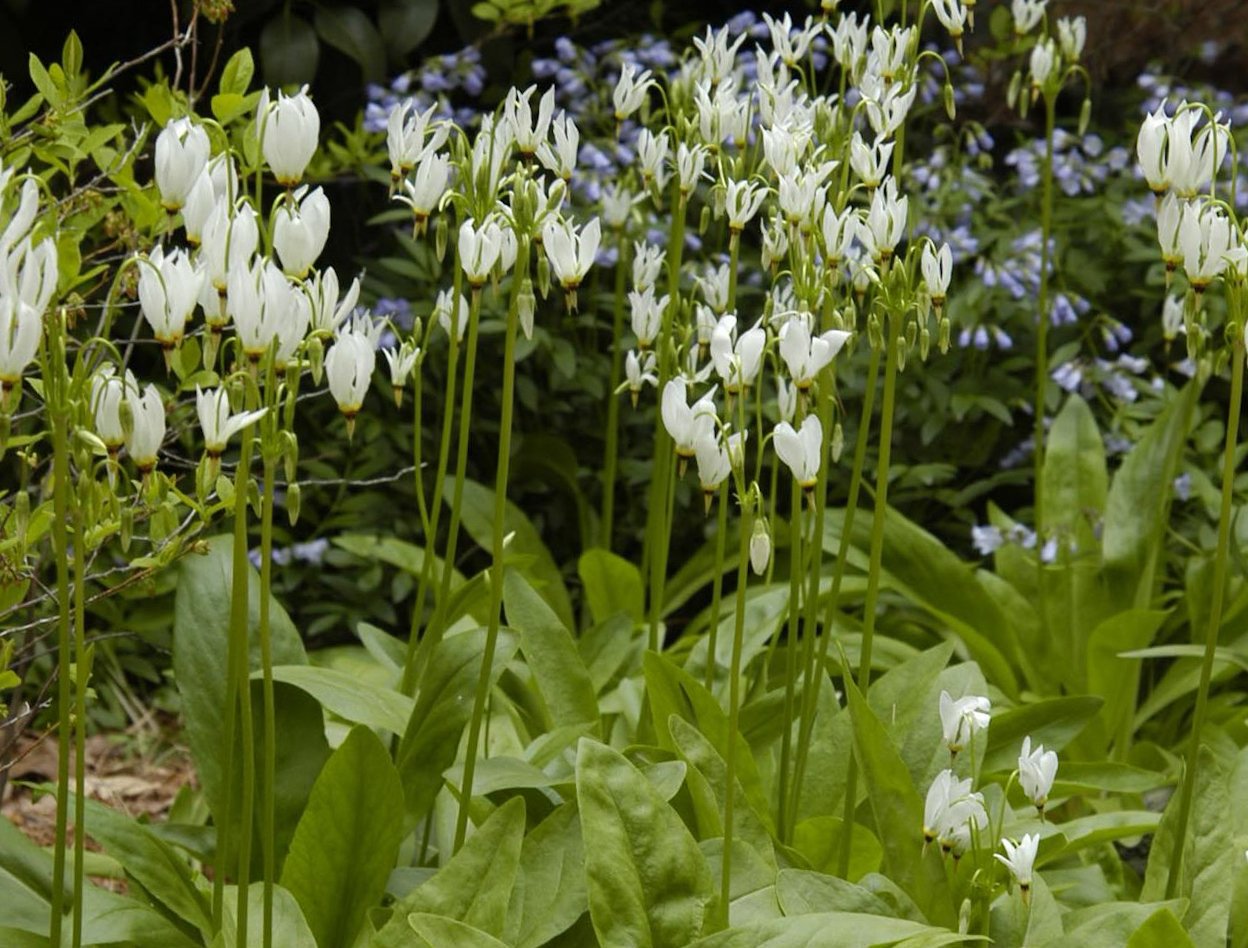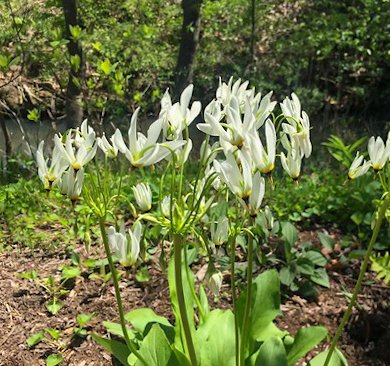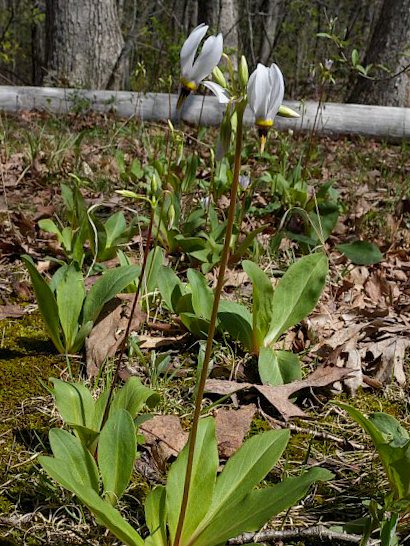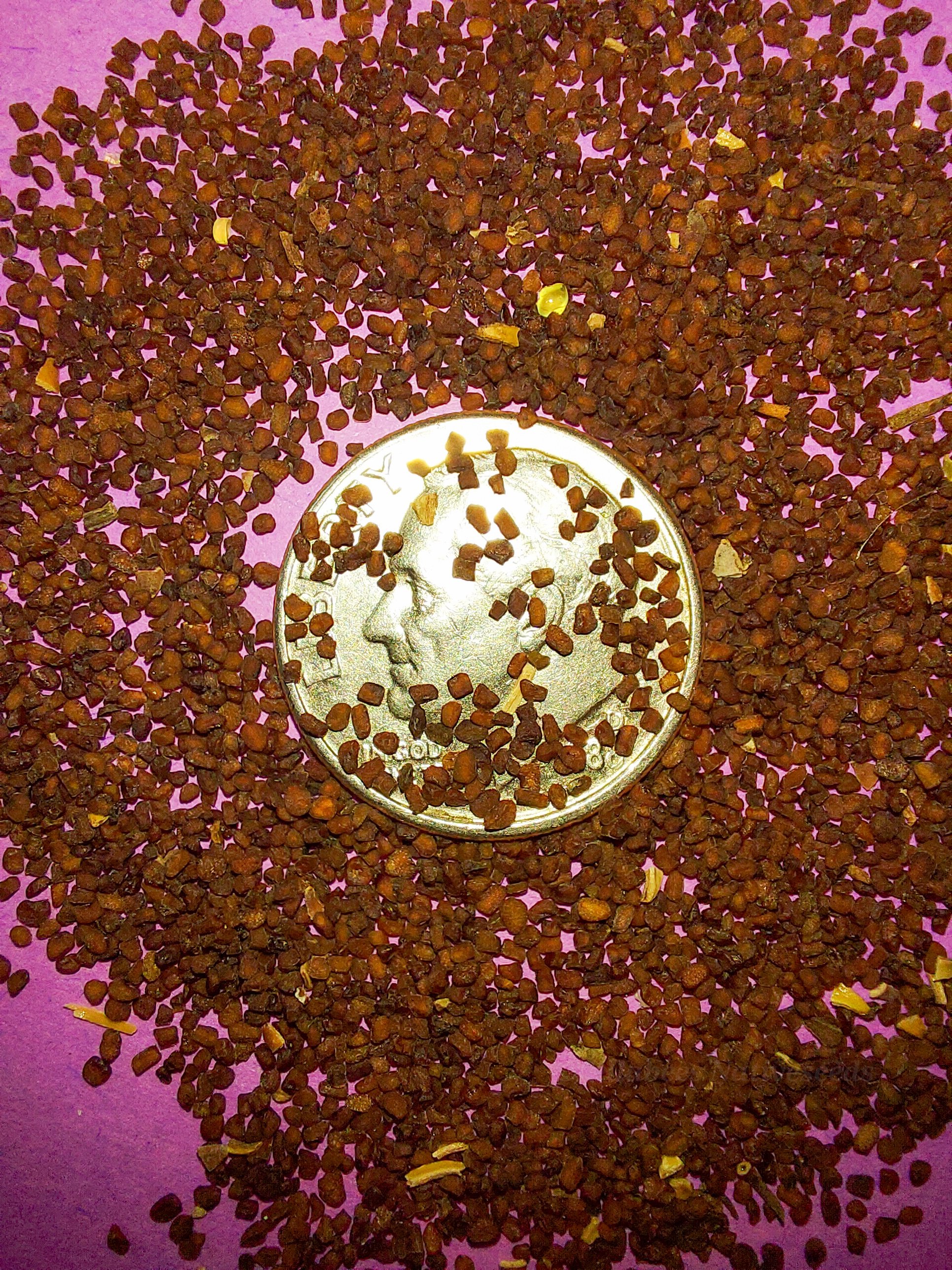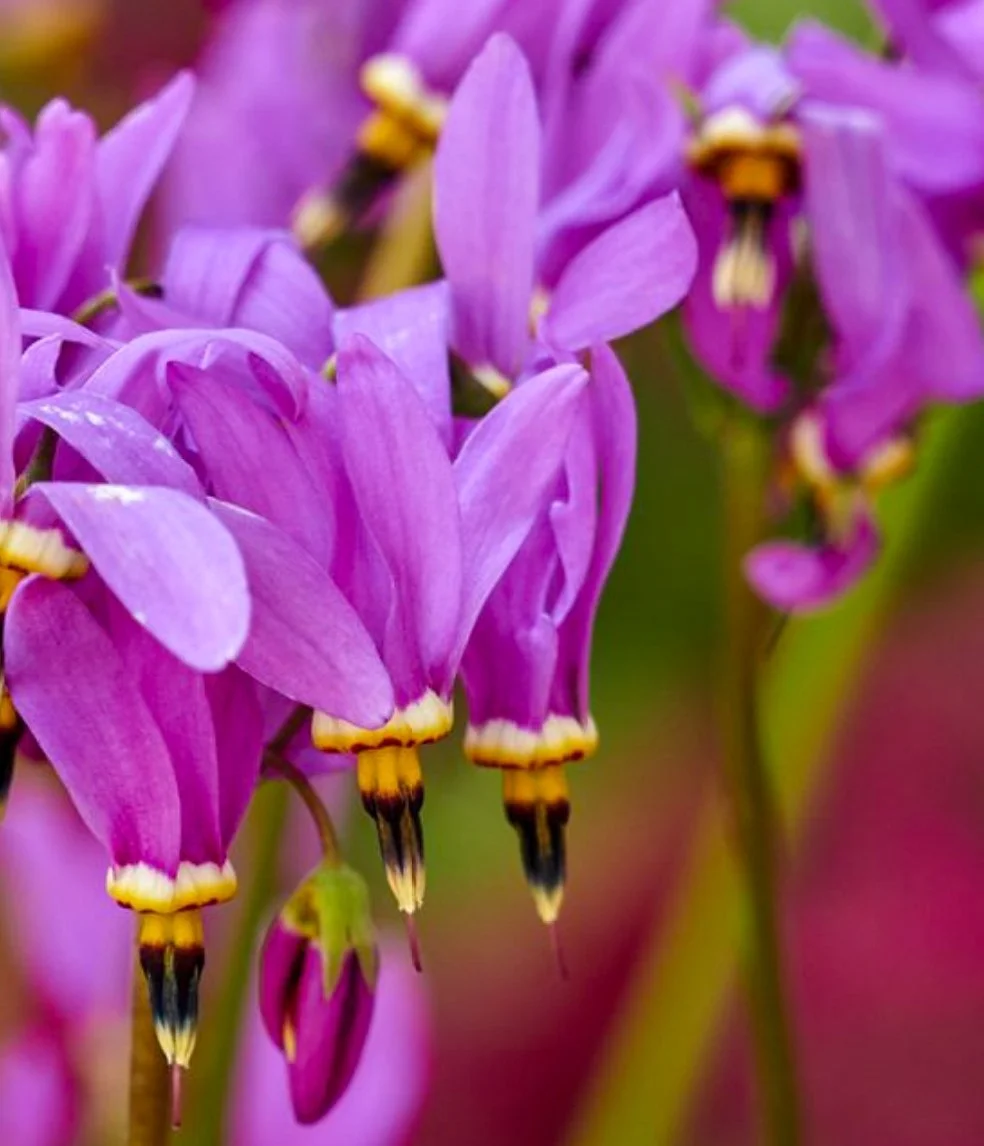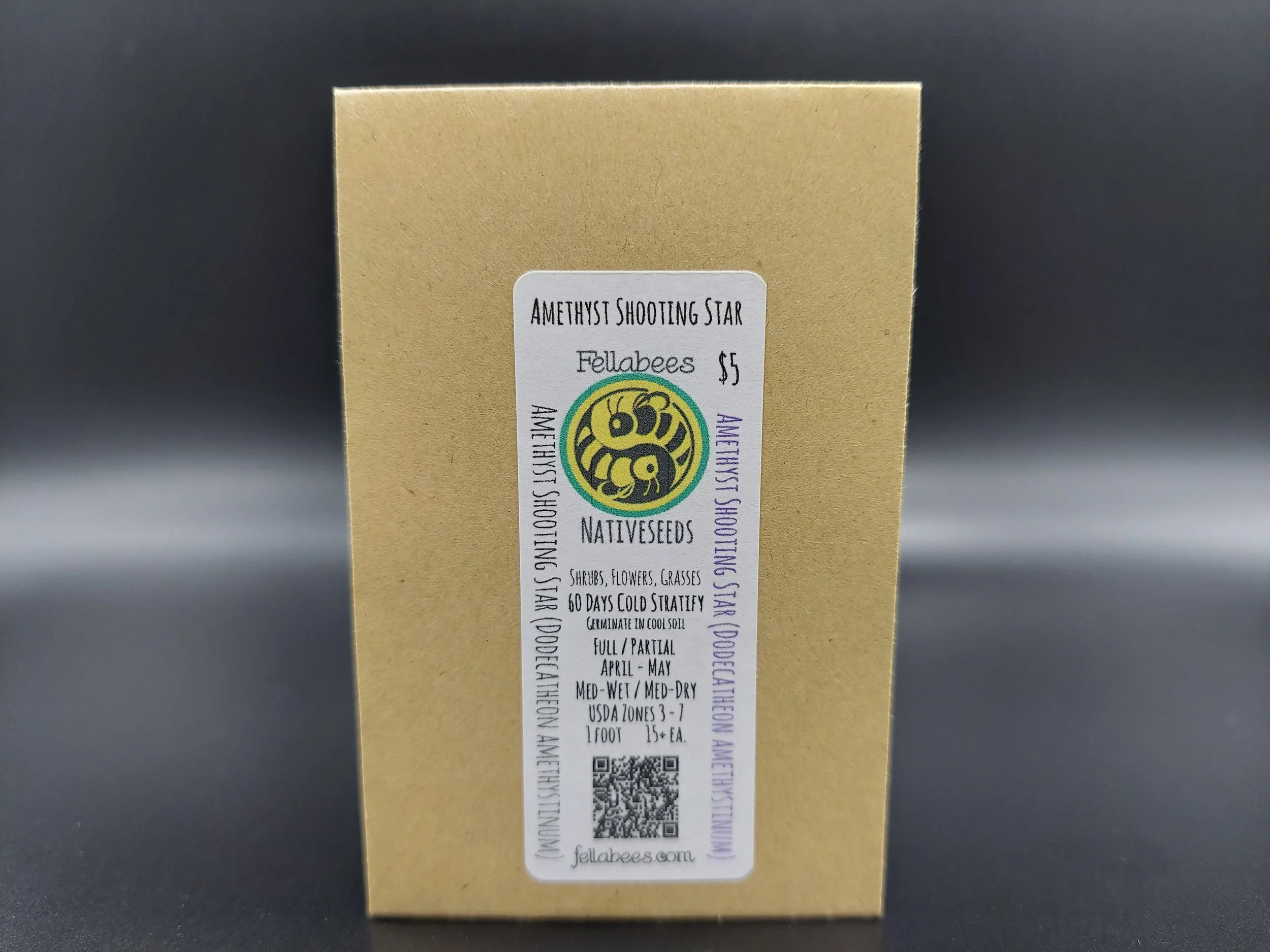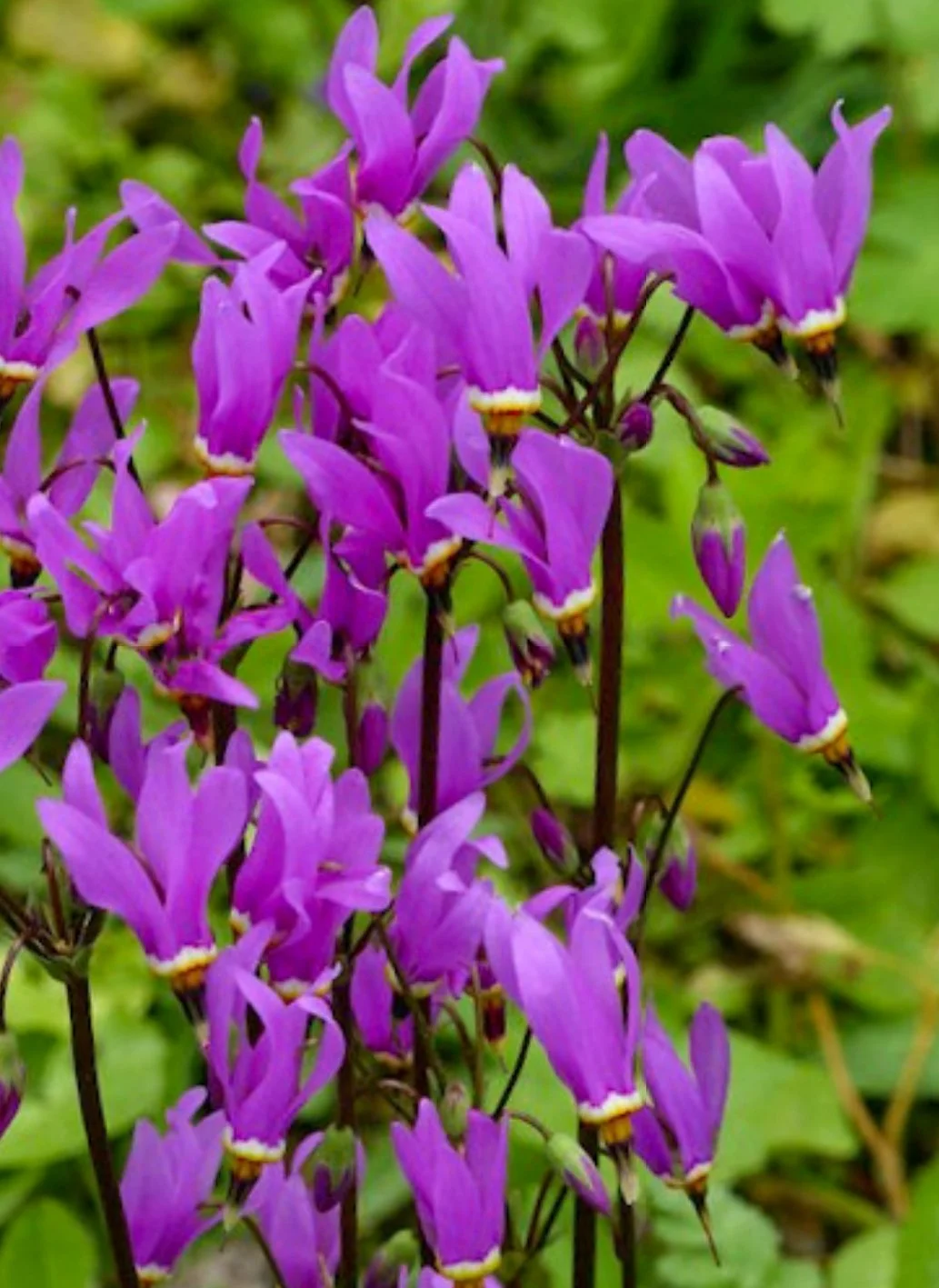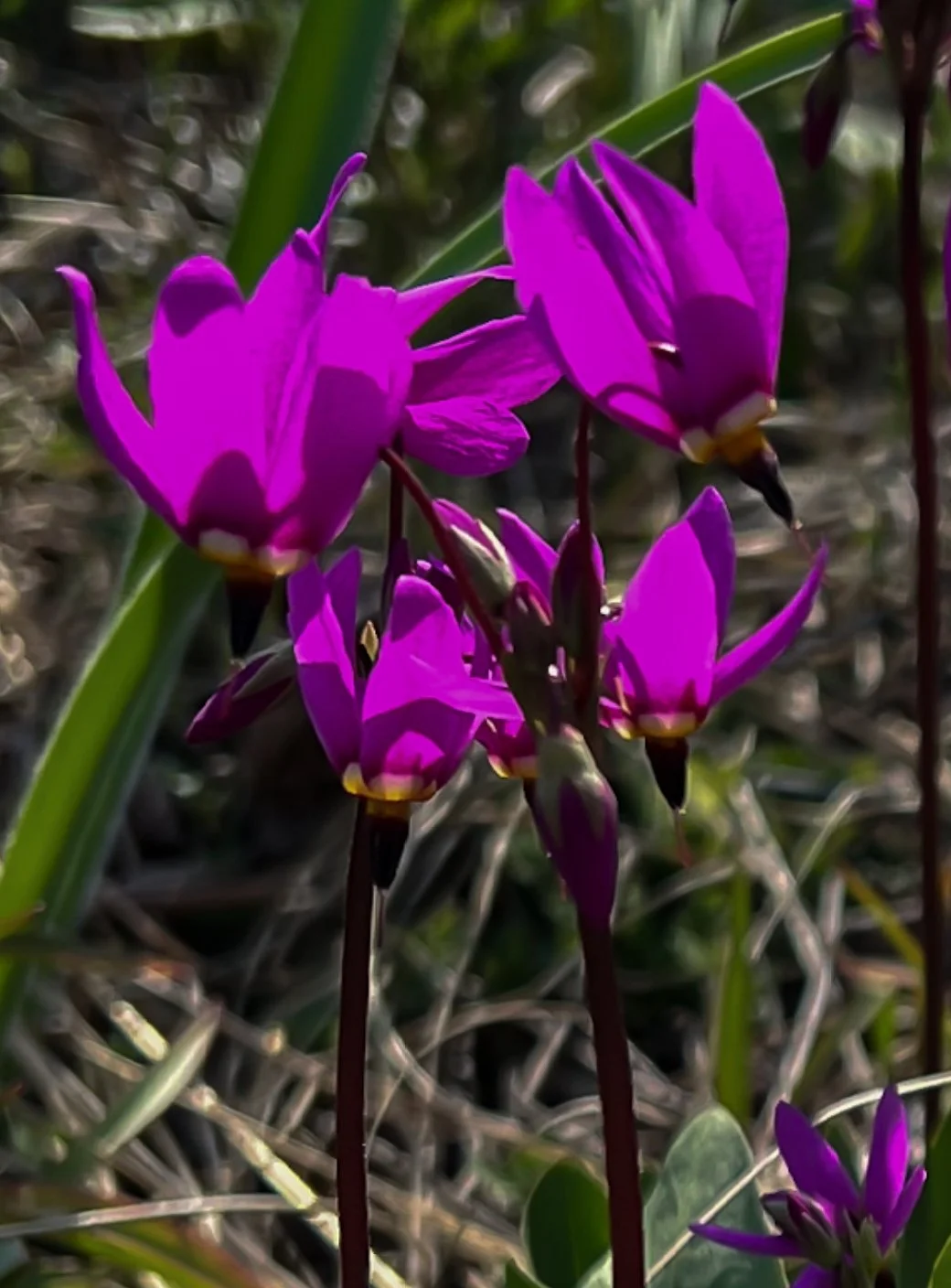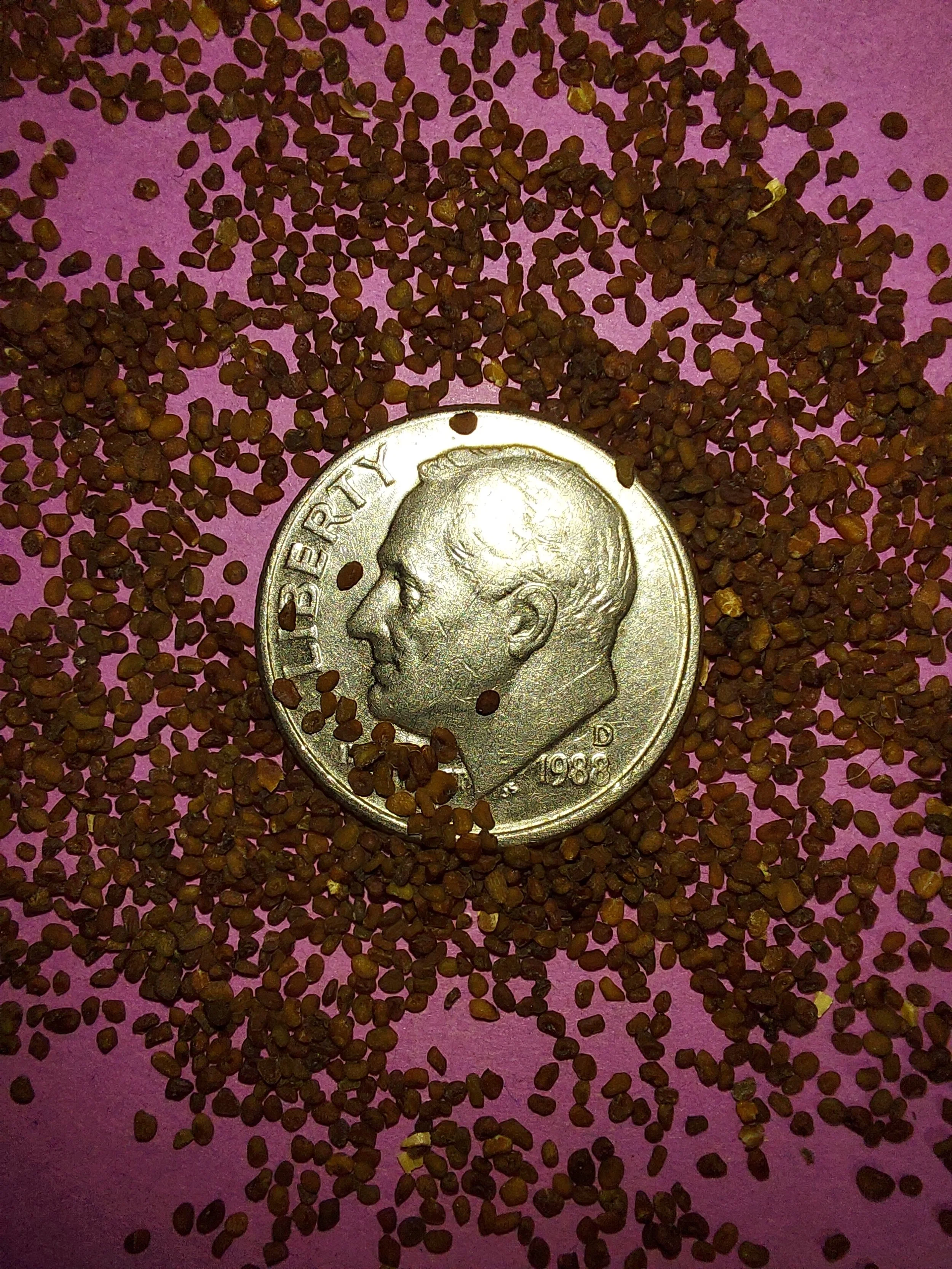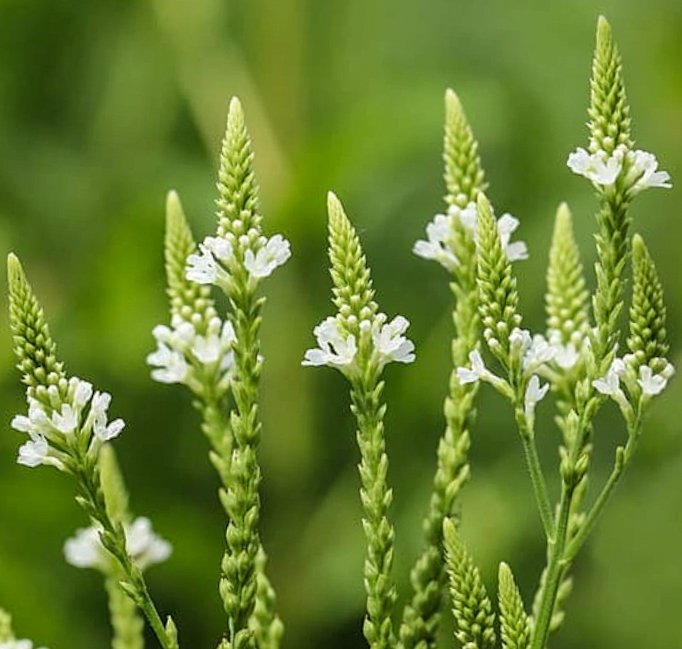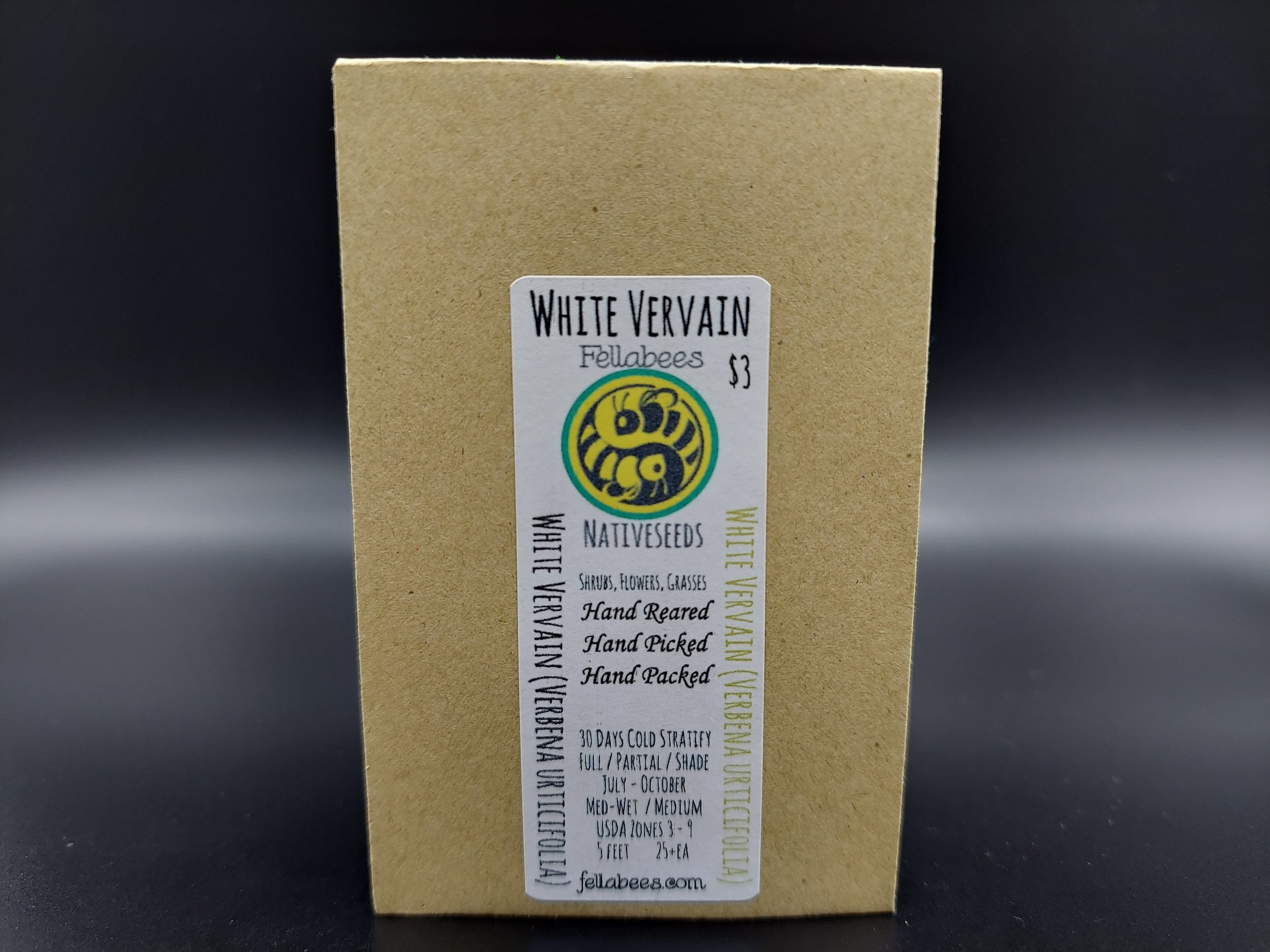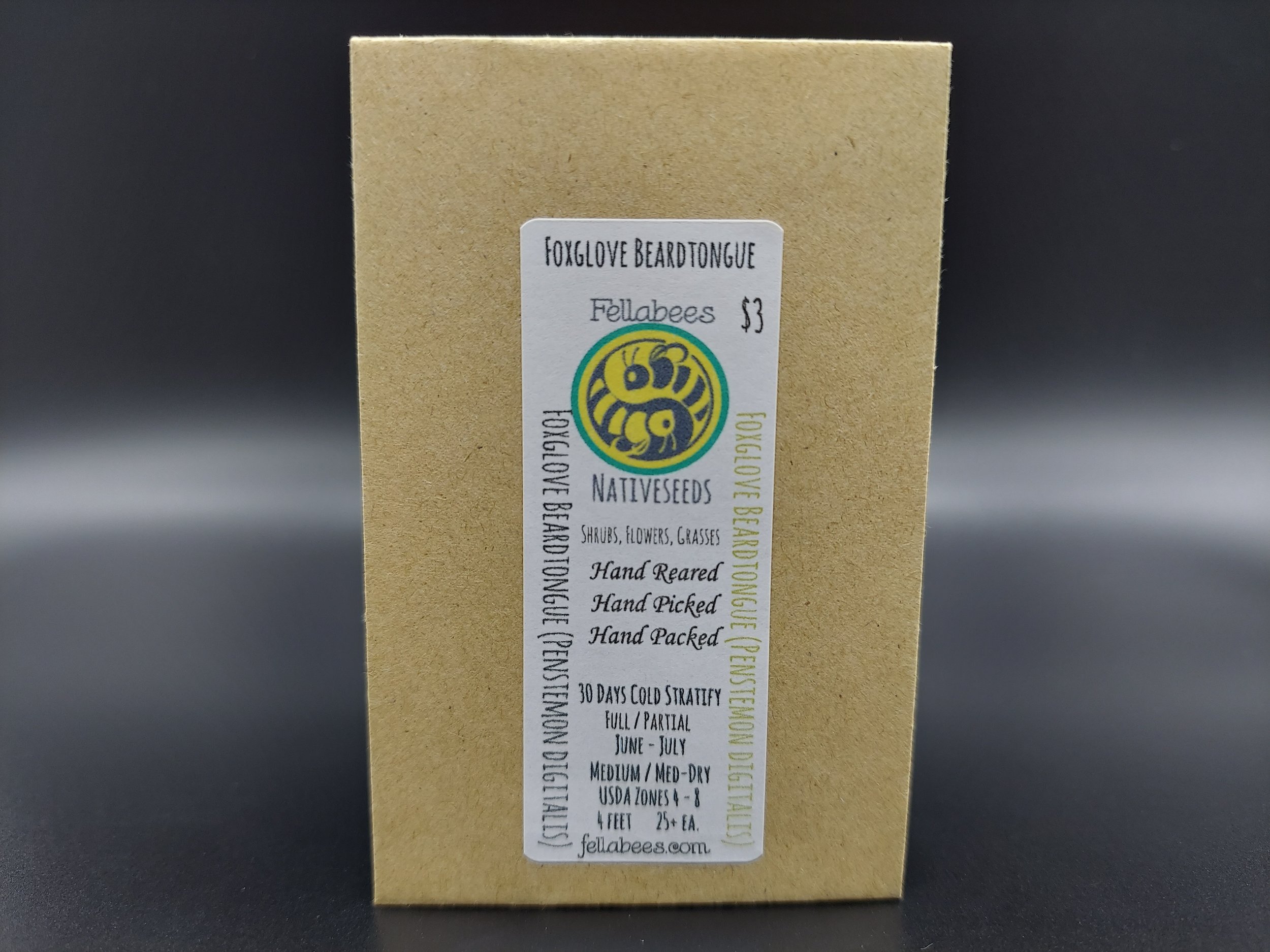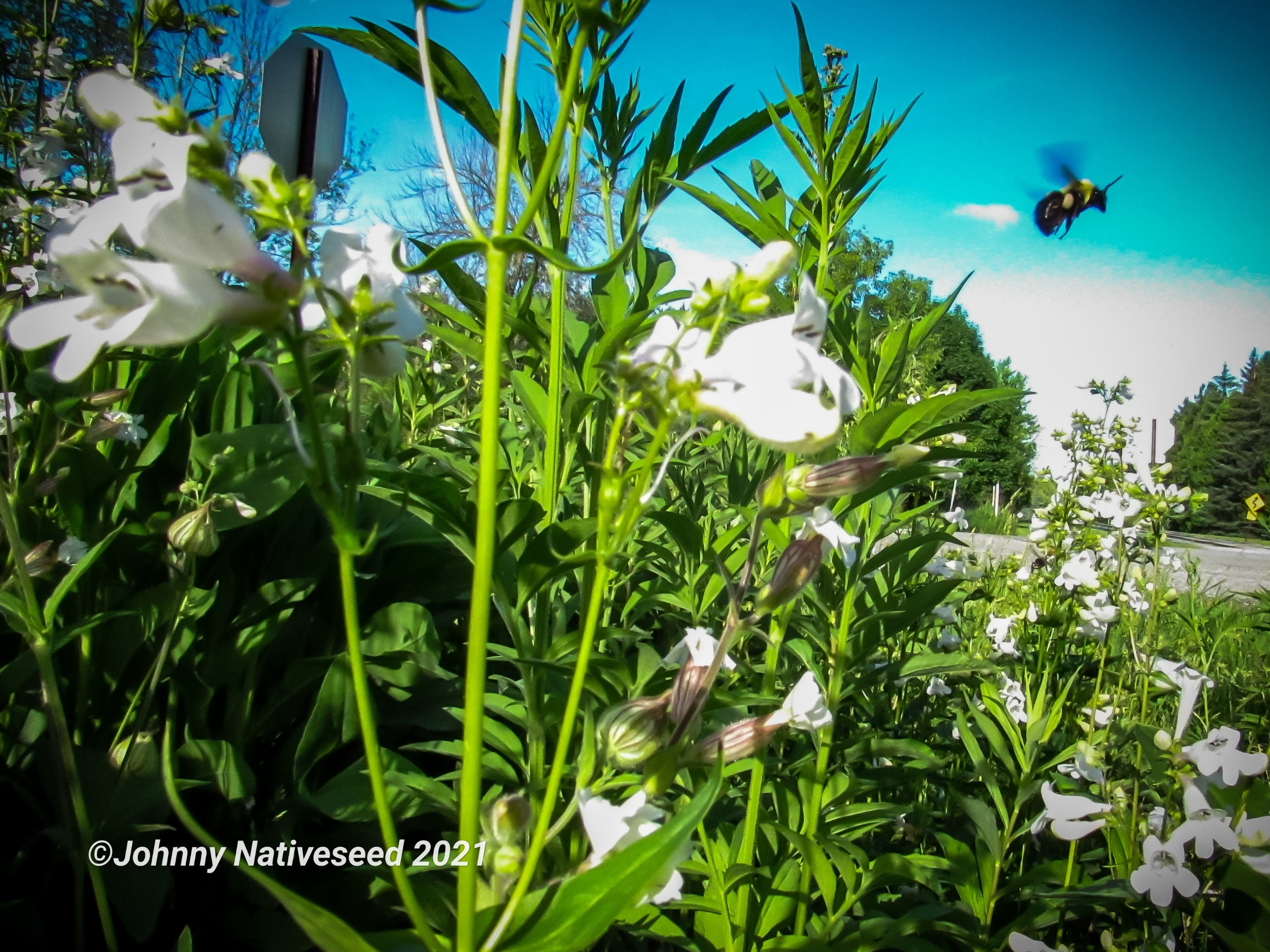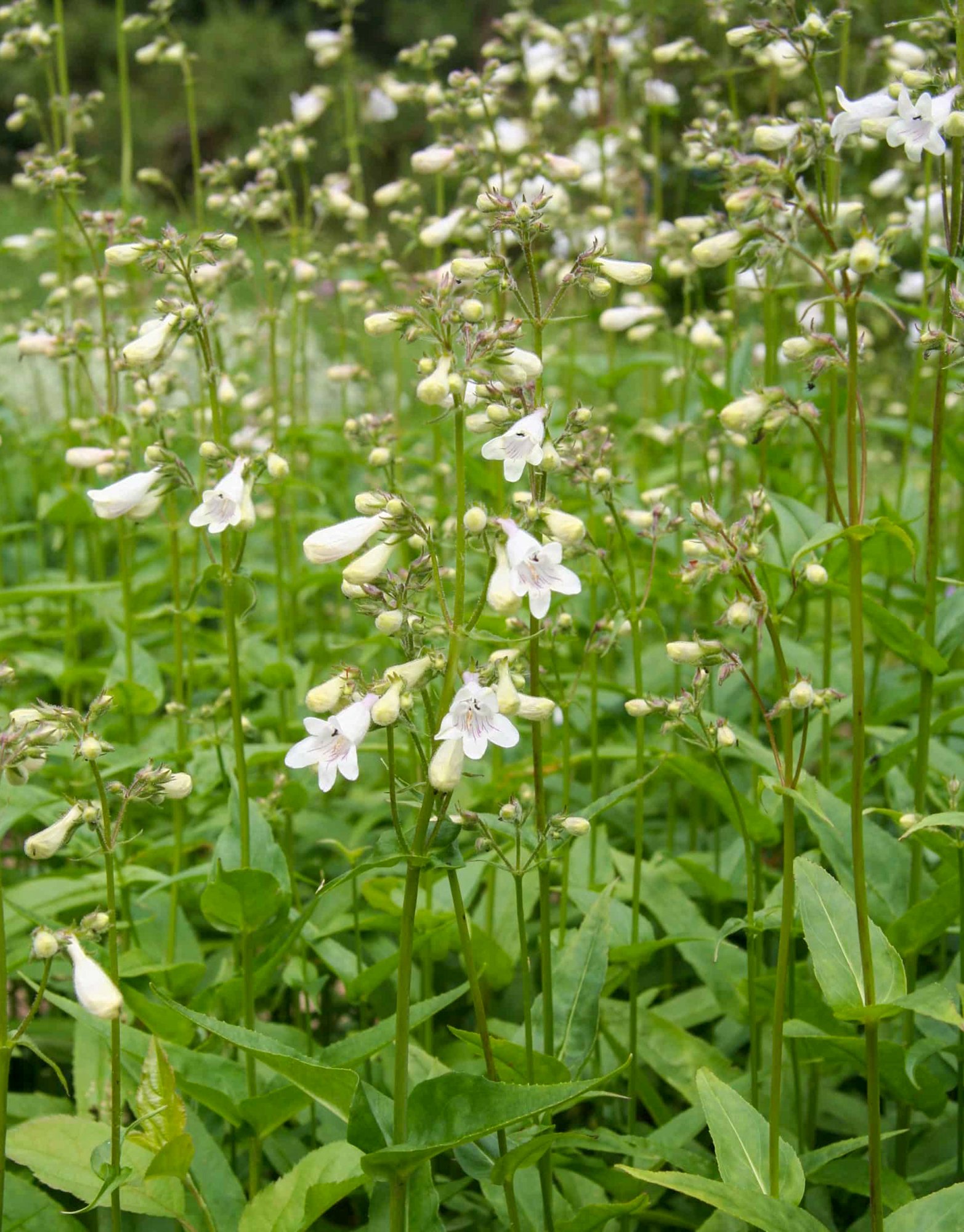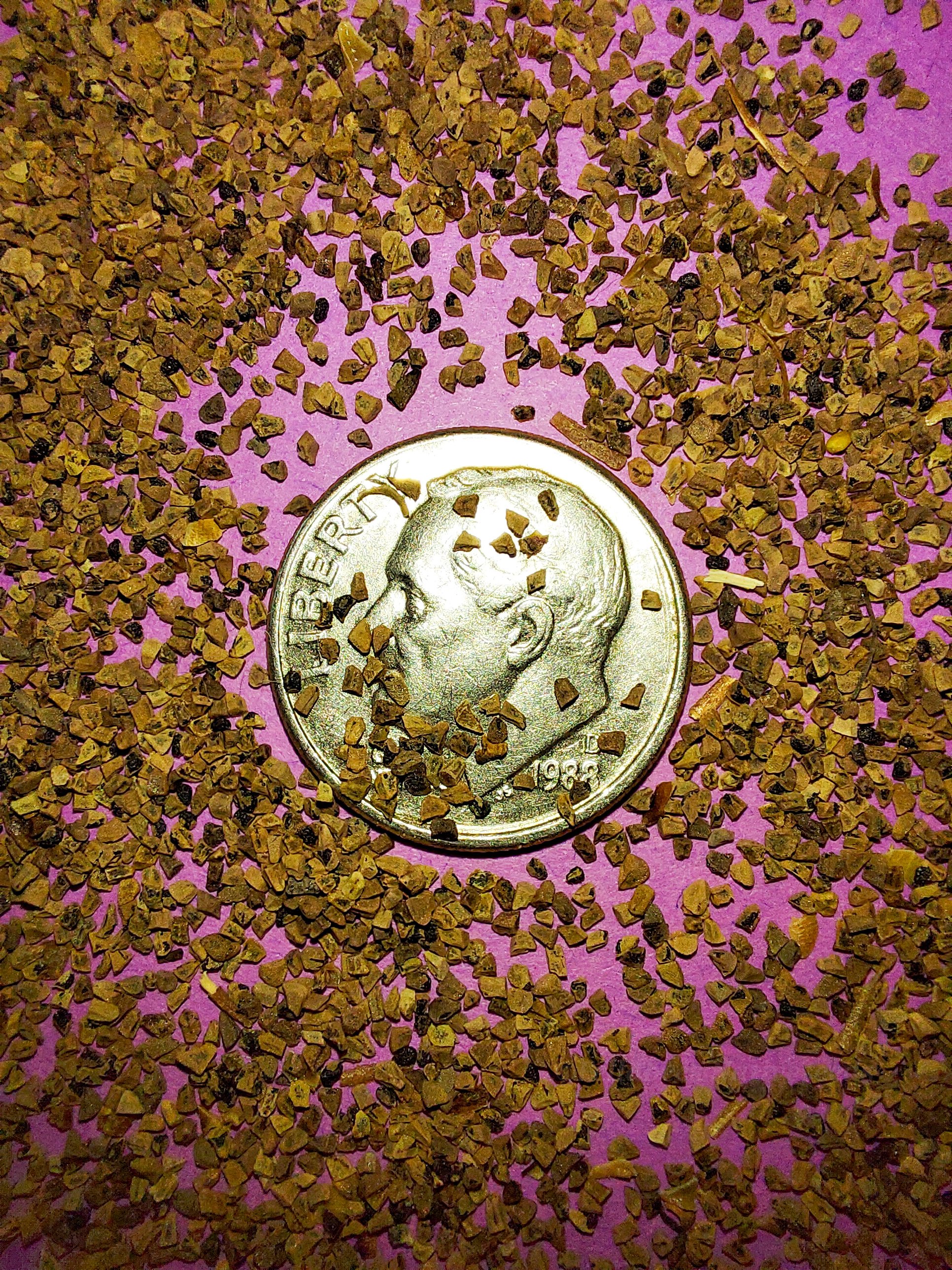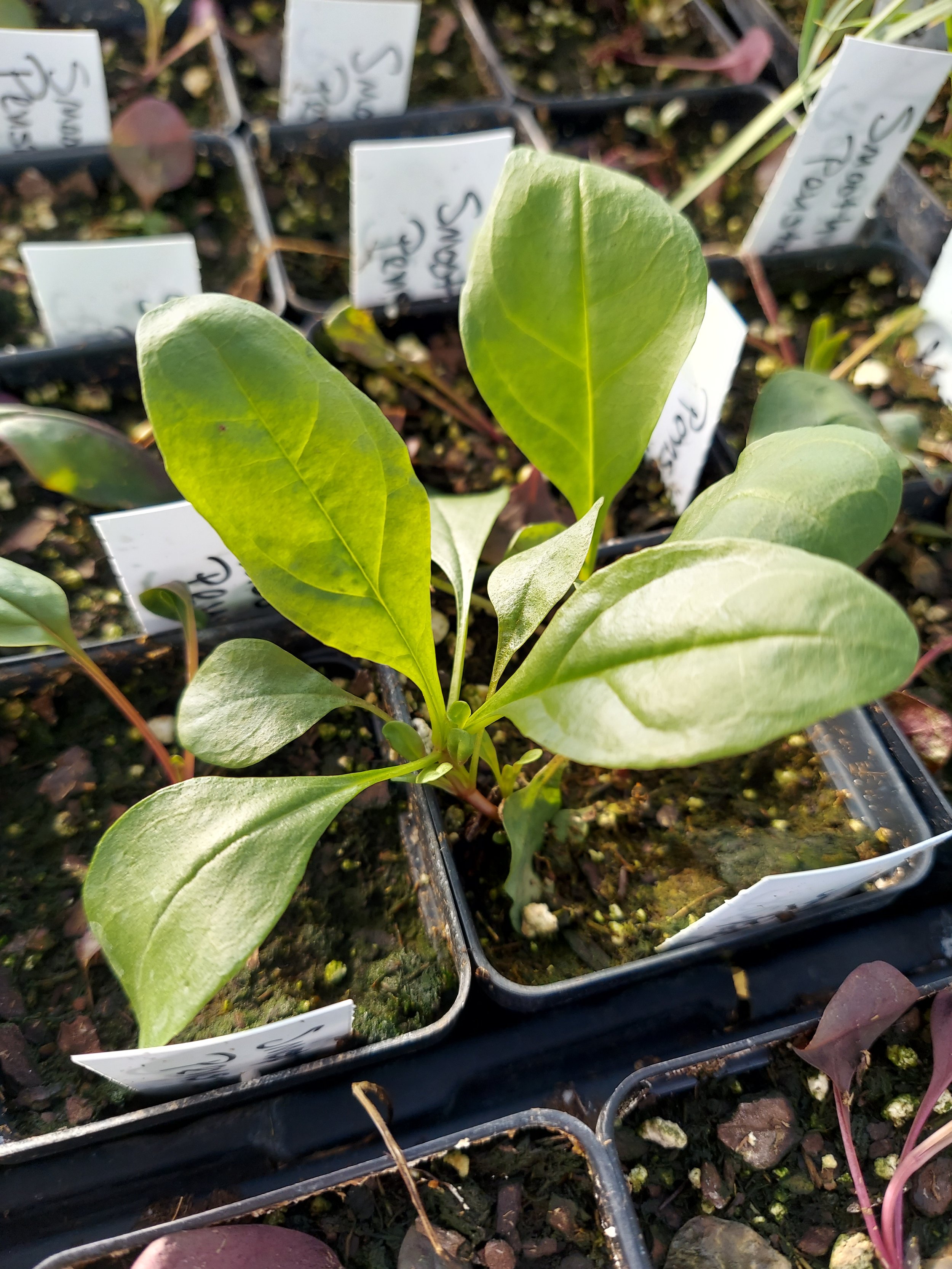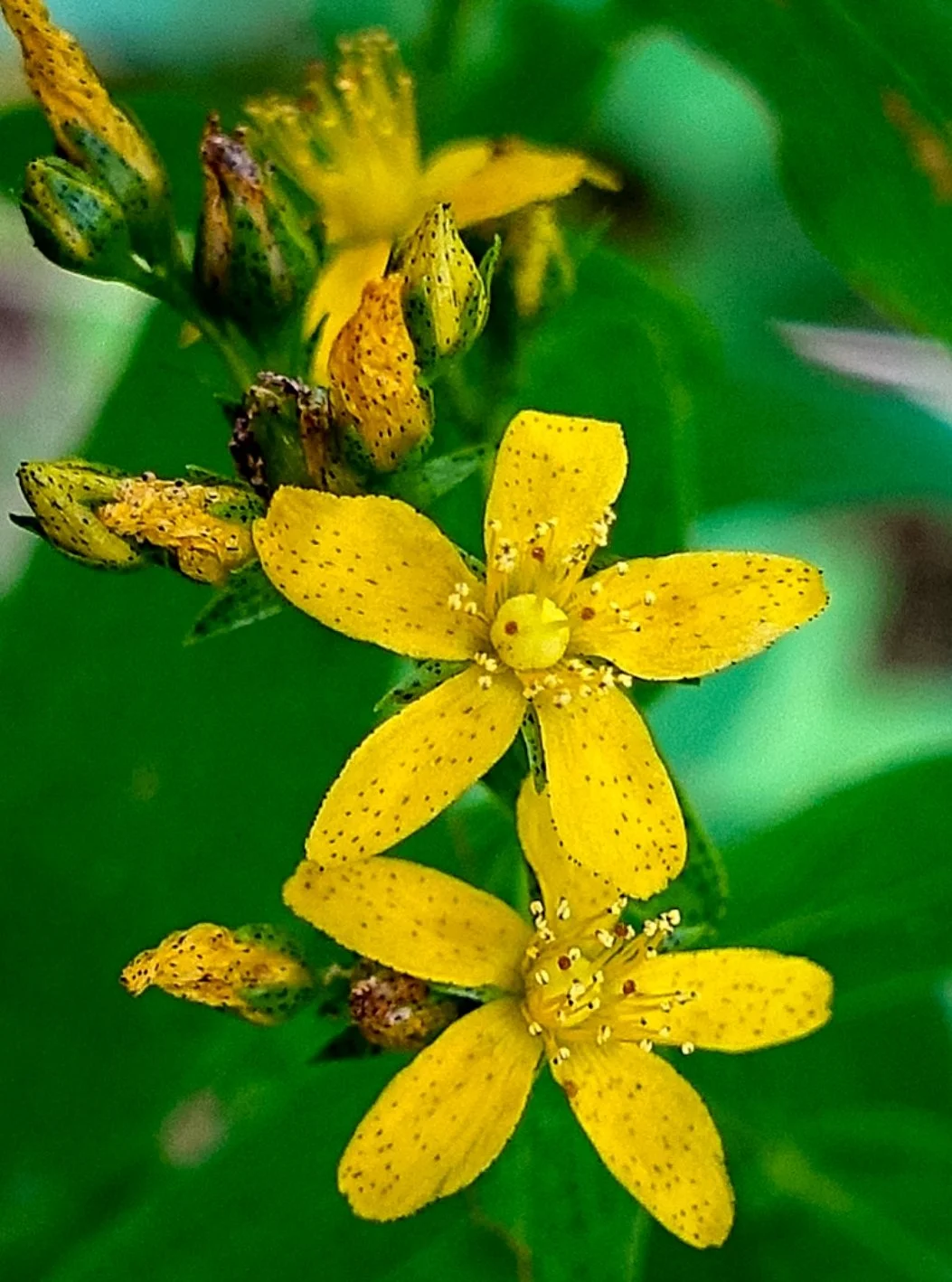 Image 1 of 5
Image 1 of 5

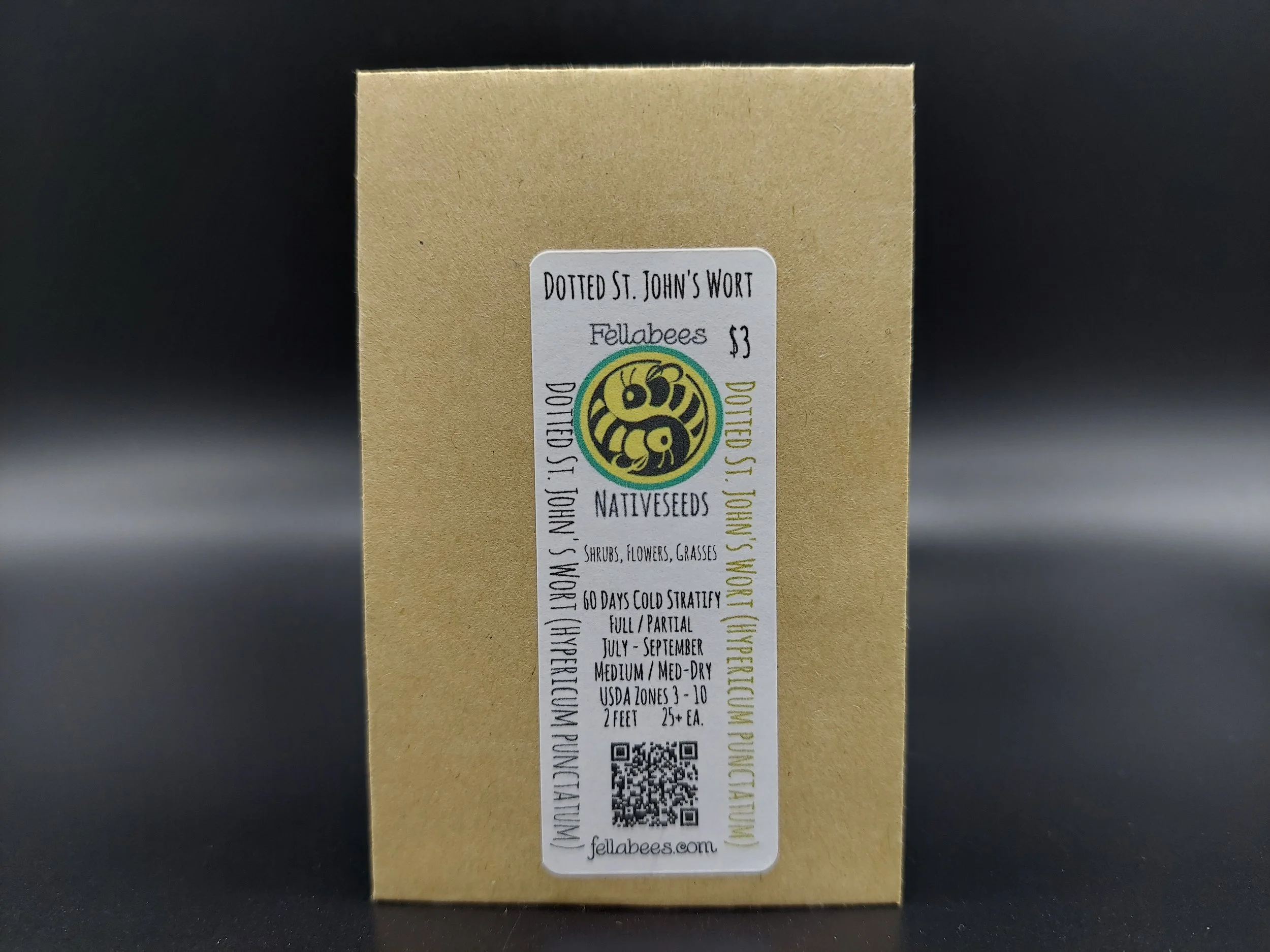 Image 2 of 5
Image 2 of 5

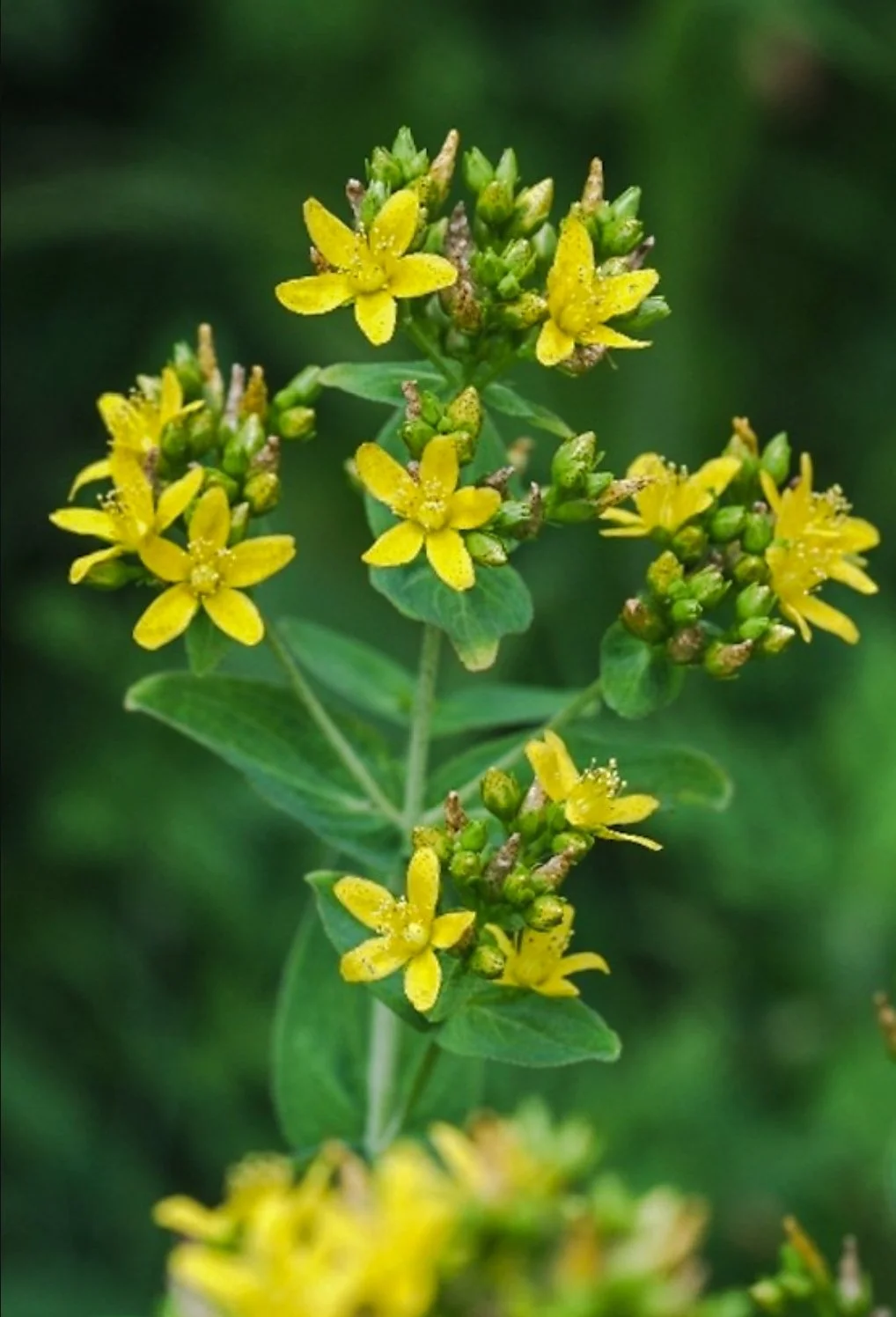 Image 3 of 5
Image 3 of 5

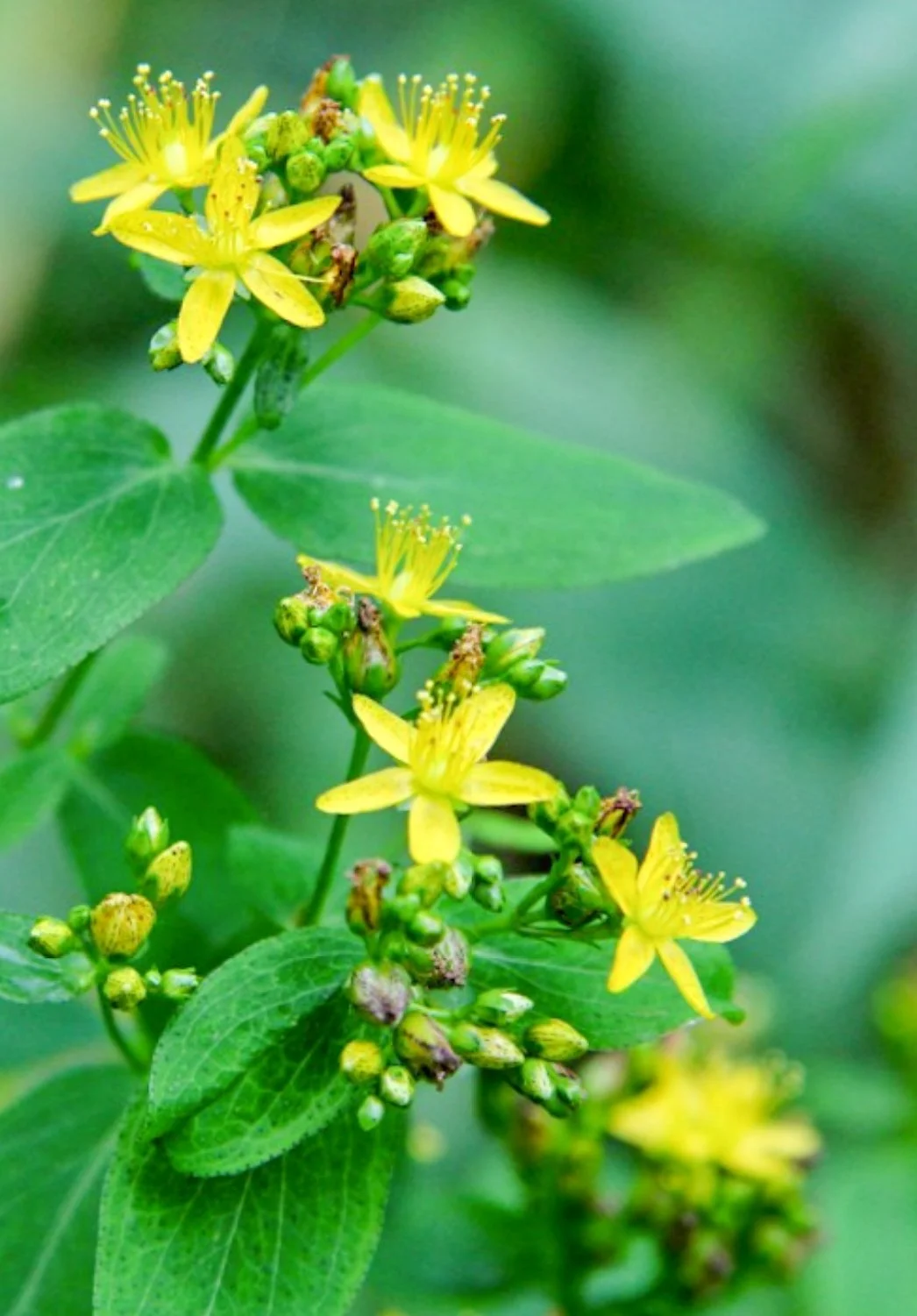 Image 4 of 5
Image 4 of 5

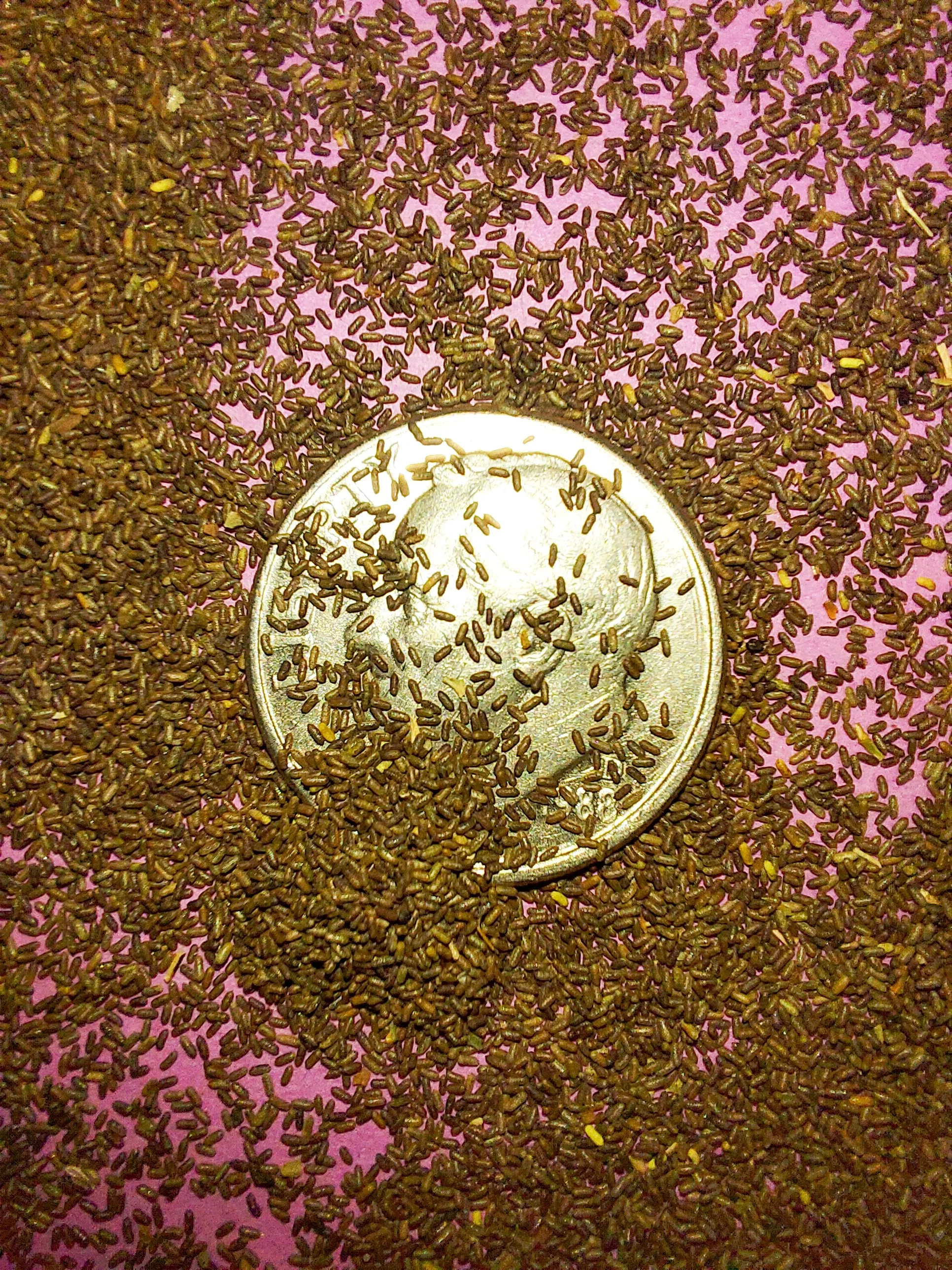 Image 5 of 5
Image 5 of 5






Dotted St. John's Wort (Hypericum punctatum)
Dotted St. John's Wort (Hypericum punctatum)
Hypericum punctatum is the scientific name for the native species more commonly called Spotted St. John's Wort.
This perennial herb is native to various regions across North America and is well-known for its distinctive spotted leaves and bright yellow flowers. It thrives in a range of habitats, making it a valuable addition to native plant gardens and prairie restorations.
Insects are attracted to the plant's pollen and the hypericin (Hypericin is a carbopolycyclic compound derived from bisanthene with antidepressant properties, found in various Hypericum species) in the plant's leaves is toxic to mammals.
The species is commonly called spotted St. John's wort due to the distinctive dark spots found on its petals, which clearly set it apart from other species within the Hypericum genus. These unique markings make it easily recognizable and contribute to its popularity among native wildflower enthusiasts.
Microsporogenesis in H. punctatum is unusual. Instead of pairing at diakinesis, chromosomes form a chain. In the first metaphase, chromosomes separate so that alternating ones go to opposite poles. Irregularities happen, and at the second metaphase, there may be seven or nine chromosomes instead of the usual eight. Some chromosomes lag and are lost during the first division. Sometimes, extra nuclei form during meiosis. In the second division, extra chromosomes make their own spindle and divide. Megasporogenesis is similar, with chain formation and chromosome alternation in the first metaphase.
The herb is especially valuable to a variety of bees, attracting many different species such as the American bumblebee and sweat bees. While these pollinators are the primary visitors, other insects like beetles and hoverflies also frequent the flowers, though they contribute to pollination to a lesser extent. Unlike many flowering plants, these flowers do not produce nectar; instead, the insects are drawn specifically by the abundant pollen.
Additionally, Gray Hairstreak caterpillars feed on the seed capsules, and Gray Half-spot caterpillars consume the leaves. Despite the presence of these insect herbivores, foraging mammals rarely feed on the plant’s foliage, allowing it to thrive with minimal damage from larger herbivores, again due to the plant’s production of hypericin.
Plant Details:
USDA Zones: 3-10
Germination Needs: Needs 60 Days Cold/Moist Stratification. Seeds are tiny and need light to germinate, after stratification, surface sow and bottom water for best results.
Life Cycle: Perennial
Sun Exposure: Full to Partial
Soil Moisture: Medium, Medium-Dry
Plant Spacing: 1 - 2 feet
Height: 2 feet
Bloom time: July, August, September
Bloom Color: Yellow
Advantages:
Pollinator Favorite: butterflies, moths, bees, wasps, beetles
Deer Resistant: Yes
Native to: Wisconsin, Minnesota, Iowa, Illinois, Indiana, Michigan, Ohio, Pennsylvania, New York, Vermont, New Hampshire, Maine, Massachusetts, Rhode Island, Connecticut, Delaware, Maryland, New Jersey, West Virginia, Virginia, Kentucky, Tennessee, North Carolina, South Carolina, Georgia, Florida, Alabama, Mississippi, Louisiana, Arkansas, Missouri, Texas, Oklahoma, and, Kansas.
This plant is considered present but rare in several counties of the state of Kansas.
Seed Count: 25+
.
.
Packet quantities:
We pride ourselves on ethical, hands on, ecological management, using no mechanical or chemical methods whatsoever.
All of our native seed is hand reared, hand picked, and hand packed from native prairies under our exclusive management, never breaking chain of custody from the field until it is sent to you. Each packet is hand prepared for shipment by us, directly.
Small seed species will contain greater than 20-25 seed
Large seed species will contain greater than 10-15 seed
All packets are individually marked at the bottom of the front label with expected count, however most if not all packets will have many more than the minimum count by default.
It is our mission to spread the wealth of native plant and pollinator ecological sustainability, and educate back yard gardeners as well as corporate and government entities in how to germinate, grow, and benefit from native synergies.
Thank you for your support, it is because of you, that we can grow together to do, what we do.🐛🦋🐝🐞🌾🌱🌼🧡
Dotted St. John's Wort (Hypericum punctatum)
Hypericum punctatum is the scientific name for the native species more commonly called Spotted St. John's Wort.
This perennial herb is native to various regions across North America and is well-known for its distinctive spotted leaves and bright yellow flowers. It thrives in a range of habitats, making it a valuable addition to native plant gardens and prairie restorations.
Insects are attracted to the plant's pollen and the hypericin (Hypericin is a carbopolycyclic compound derived from bisanthene with antidepressant properties, found in various Hypericum species) in the plant's leaves is toxic to mammals.
The species is commonly called spotted St. John's wort due to the distinctive dark spots found on its petals, which clearly set it apart from other species within the Hypericum genus. These unique markings make it easily recognizable and contribute to its popularity among native wildflower enthusiasts.
Microsporogenesis in H. punctatum is unusual. Instead of pairing at diakinesis, chromosomes form a chain. In the first metaphase, chromosomes separate so that alternating ones go to opposite poles. Irregularities happen, and at the second metaphase, there may be seven or nine chromosomes instead of the usual eight. Some chromosomes lag and are lost during the first division. Sometimes, extra nuclei form during meiosis. In the second division, extra chromosomes make their own spindle and divide. Megasporogenesis is similar, with chain formation and chromosome alternation in the first metaphase.
The herb is especially valuable to a variety of bees, attracting many different species such as the American bumblebee and sweat bees. While these pollinators are the primary visitors, other insects like beetles and hoverflies also frequent the flowers, though they contribute to pollination to a lesser extent. Unlike many flowering plants, these flowers do not produce nectar; instead, the insects are drawn specifically by the abundant pollen.
Additionally, Gray Hairstreak caterpillars feed on the seed capsules, and Gray Half-spot caterpillars consume the leaves. Despite the presence of these insect herbivores, foraging mammals rarely feed on the plant’s foliage, allowing it to thrive with minimal damage from larger herbivores, again due to the plant’s production of hypericin.
Plant Details:
USDA Zones: 3-10
Germination Needs: Needs 60 Days Cold/Moist Stratification. Seeds are tiny and need light to germinate, after stratification, surface sow and bottom water for best results.
Life Cycle: Perennial
Sun Exposure: Full to Partial
Soil Moisture: Medium, Medium-Dry
Plant Spacing: 1 - 2 feet
Height: 2 feet
Bloom time: July, August, September
Bloom Color: Yellow
Advantages:
Pollinator Favorite: butterflies, moths, bees, wasps, beetles
Deer Resistant: Yes
Native to: Wisconsin, Minnesota, Iowa, Illinois, Indiana, Michigan, Ohio, Pennsylvania, New York, Vermont, New Hampshire, Maine, Massachusetts, Rhode Island, Connecticut, Delaware, Maryland, New Jersey, West Virginia, Virginia, Kentucky, Tennessee, North Carolina, South Carolina, Georgia, Florida, Alabama, Mississippi, Louisiana, Arkansas, Missouri, Texas, Oklahoma, and, Kansas.
This plant is considered present but rare in several counties of the state of Kansas.
Seed Count: 25+
.
.
Packet quantities:
We pride ourselves on ethical, hands on, ecological management, using no mechanical or chemical methods whatsoever.
All of our native seed is hand reared, hand picked, and hand packed from native prairies under our exclusive management, never breaking chain of custody from the field until it is sent to you. Each packet is hand prepared for shipment by us, directly.
Small seed species will contain greater than 20-25 seed
Large seed species will contain greater than 10-15 seed
All packets are individually marked at the bottom of the front label with expected count, however most if not all packets will have many more than the minimum count by default.
It is our mission to spread the wealth of native plant and pollinator ecological sustainability, and educate back yard gardeners as well as corporate and government entities in how to germinate, grow, and benefit from native synergies.
Thank you for your support, it is because of you, that we can grow together to do, what we do.🐛🦋🐝🐞🌾🌱🌼🧡
